Diary Entry
We’re in Cuba, sitting on the beach with cigars and a caramel-brown Havana Club Añejo Especial on ice. While the warm wind from the sea is drying our skin from the salt water, we remember the arduous journey to Germany, which was not so easy for my friend Uwe, my brother Hans-Christian and me. If you drive to the airport in Germany and the engine suddenly dies in the middle of the journey, you can only take it for a bad film.
Luckily it was just before Koblenz and therefore close to Hans residence and his car, so that he could collect us and get to Frankfurt airport together in good time. The ADAC arrives, but finds a defective oil line and cannot do anything. At least we were able to park Uwe’s car in a P&R area where he doesn’t bother anyone. The police will take care of his car during our trip, but we don’t notice anything about it in the Caribbean.
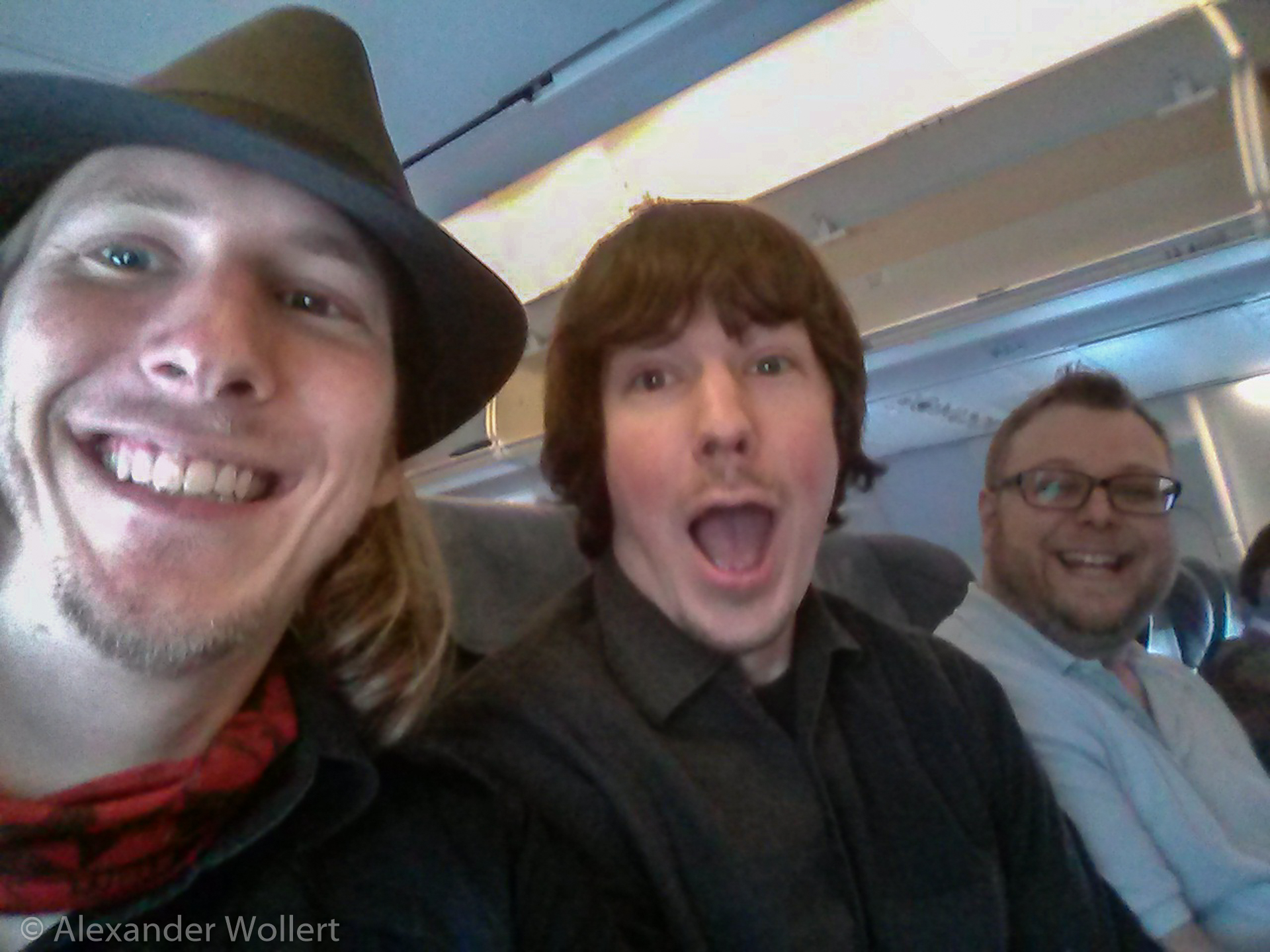
It is also unfavorable if you do not have a tarjeta del turista because, according to the Internet, you can supposedly easily get it at the airport, but suddenly there is not much time left to find it there. And then, after the flight was delayed in Cuba, the luggage didn’t arrive and the guy who wanted to take us to our Casa Particular, the pensions that are common here, isn’t there.
But whatever, everything worked out. For us, people still ring the doorbell at night to make us dinner.
The first impression when arriving in Havana at night is deep: which war zone have we been taken to? The taxi driver chatters happily and without a break and lets his flow be directed in directions only by comments from me. Life in Cuba is nice, but very difficult. Everything falls apart and you are constantly monitored. The former is obviously confirmed. We drive at high speed through parts of the city that are no better off than the Roman Forum; it is pitch dark, as there is no lighting, and suddenly people or potholes the size of medium-sized meteorite craters appear on the street. Oncoming traffic becomes a danger as it has to avoid these obstacles itself.
Marcinello, who is already seventy years old, confirms to me that life as a taxi driver in La Habana, as the city is called in the original, is very dangerous. Left and right of us in the dark ruins rush past our windows and entire streets are blocked because houses threaten to collapse on the street.
Nevertheless, there are tons of people walking the streets in the dark. Young men and women linger on the corners of houses and meet; many women are also looking for a quick income in between. Business seems to be doing well; we watch some cars stop.
The taxi driver, however, doesn’t really have a clue of where he has to go and keeps driving around the same block and asking people who have no idea either. Between the rubble and across from a house, the residents of which are sitting on the street, watching us curiously, we arrive at our Casa Particular. From the outside, the house looks as shabby as the ruins around it. From the inside, however, it turns out to be a colonial palace.
Casa Particular
Communism lives in Cuba like in no other country. There are not many opportunities for Cubans to earn something for themselves. One of them is to rent a maximum of two rooms in his home to guests. Hence the “divided house – casa particular”. Many Cubans make use of this option. They invest a lot of money in the decoration of their homes and prefer to host foreigners. Locals could never afford the prices. But for us the prices are still extremely cheap. You have to reckon with 10 – 15 € / person and thus get the privilege to live directly with Cubans at home, to be able to participate in the life of the people, to live like a princely and also to get local food. It is nothing more than a kind of bed and breakfast. There are only three problems for the Cubans:
1) There is no internet in the country so they cannot advertise their accommodation over the internet.
2) Because of the sanctions, not many tourists come to the country and any innovations, such as Air conditioners, are hard to worry about.
3) Not many tourists dare to travel the country individually. There are hardly any rental cars and public transport is as bad as the state of the roads. Most tourists book their trip and stay in state-run hotels or in the package tourism castles on the separated peninsulas.
We are woken up by what feels like 20 taps in a loop. And are rewarded with breakfast on the pension’s roof terrace. All of Havana is at our feet. On the left is the famous Capitol, which has a decisive impact on the cityscape.
We have the harbor across from us. And in between we look out over the sea of houses in the capital while we are served fruit, of which we can at least identify the papayas.
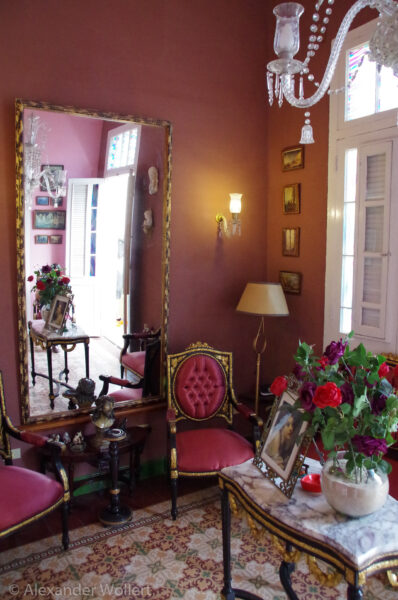
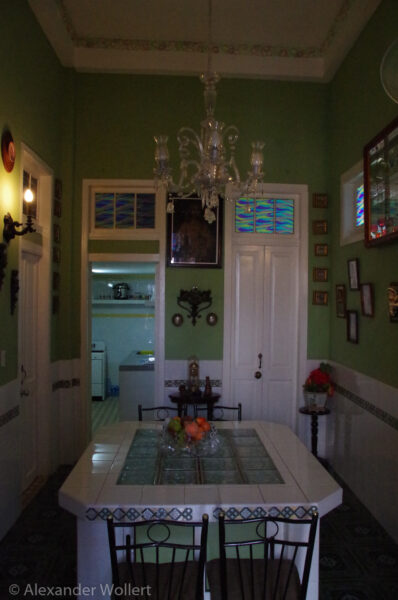


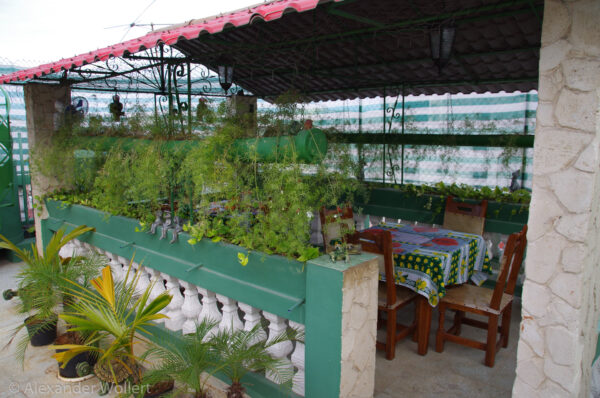

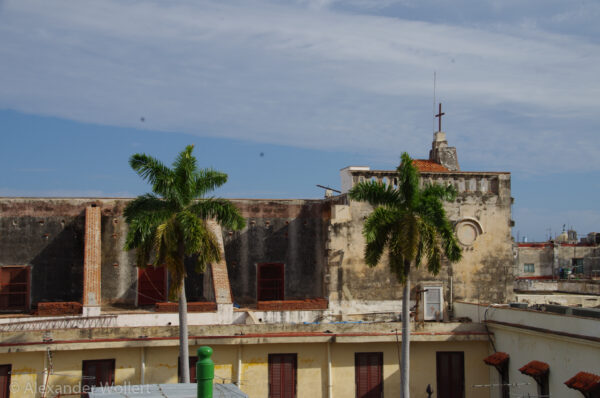
Cubans are relaxed, we know that. Everyday life also starts later here. Only after 10 a.m. is something going on on the streets. But even in the evening from 12 there is already a shift in the shaft. We throw ourselves into the hustle and bustle of the old town. Everything looks much friendlier in the light, especially the colorful houses and old cars. Nevertheless, there are also many collapsed buildings in the rows of restored colonial houses. We immediately recognize Havana from the cliché pictures:
the old, half-crumbling splendid buildings of the Spanish colonial times, the hustle and bustle on the streets, small groups of seniors smoking their cigars on the roadside and of course the vintage cars. There are really a lot of them driving around here. Some have been lovingly prepared and polished, but some are only held together with tape and paint. There are two main smells in the city: dust and exhaust fumes.
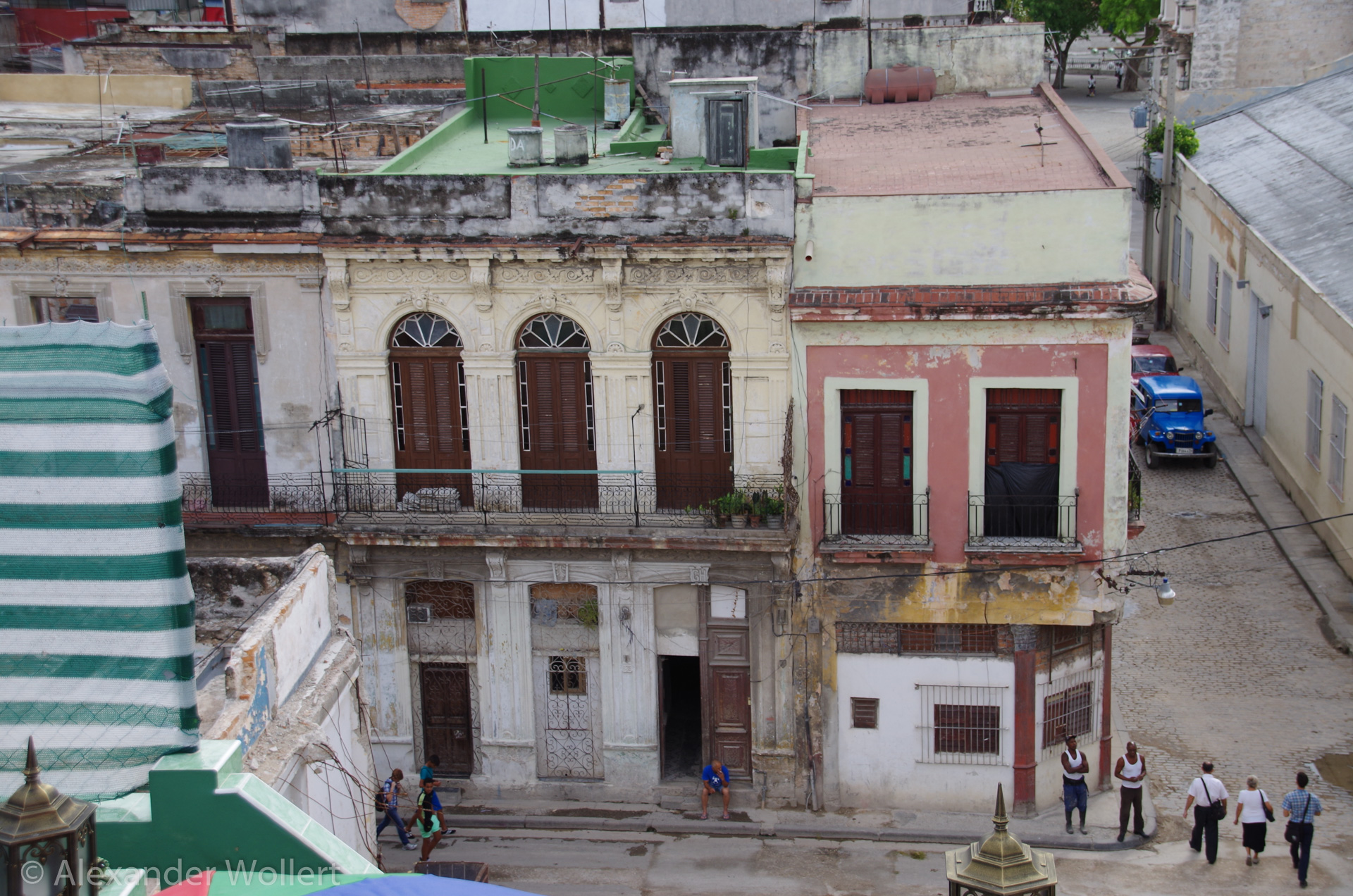
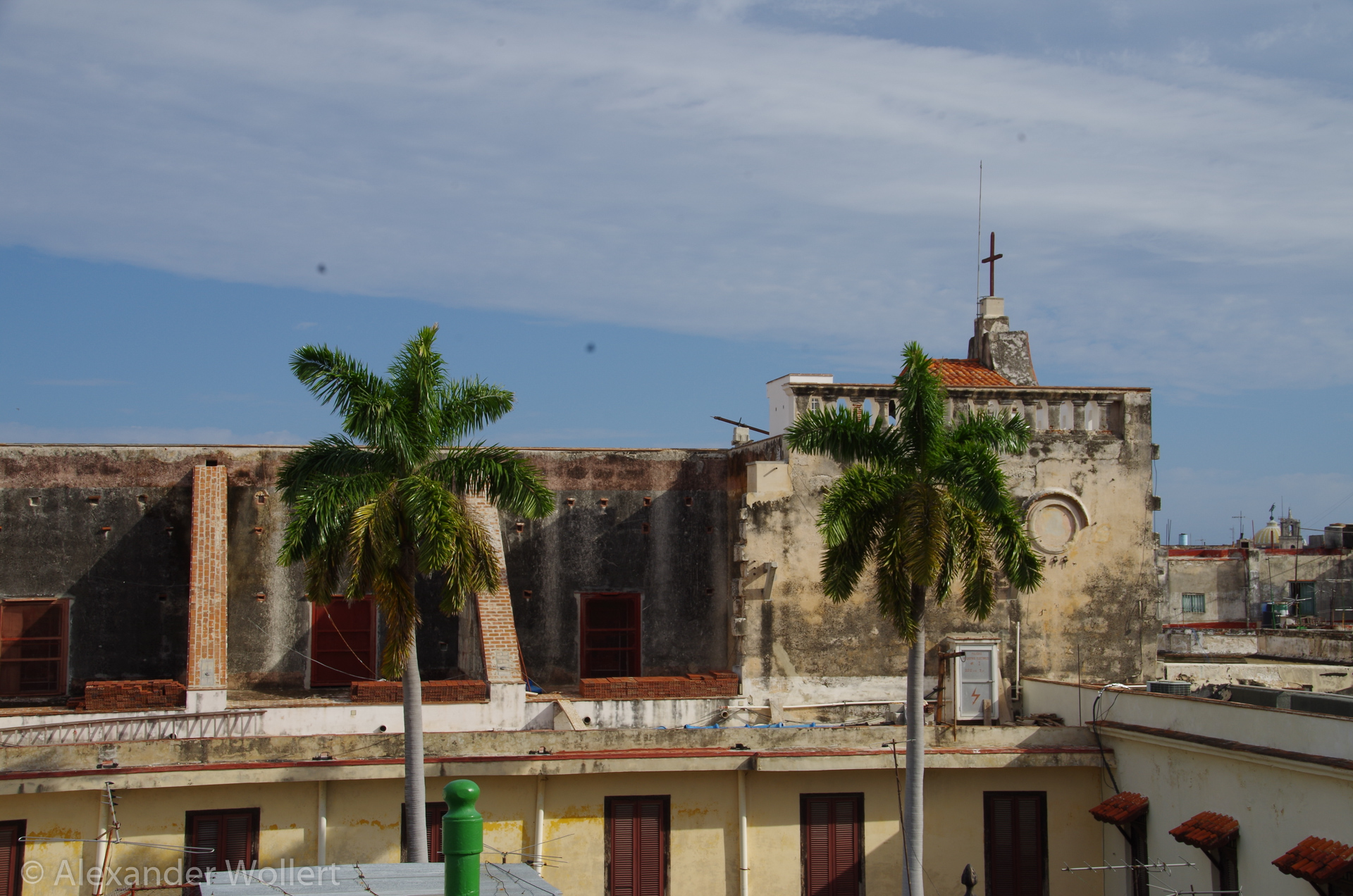
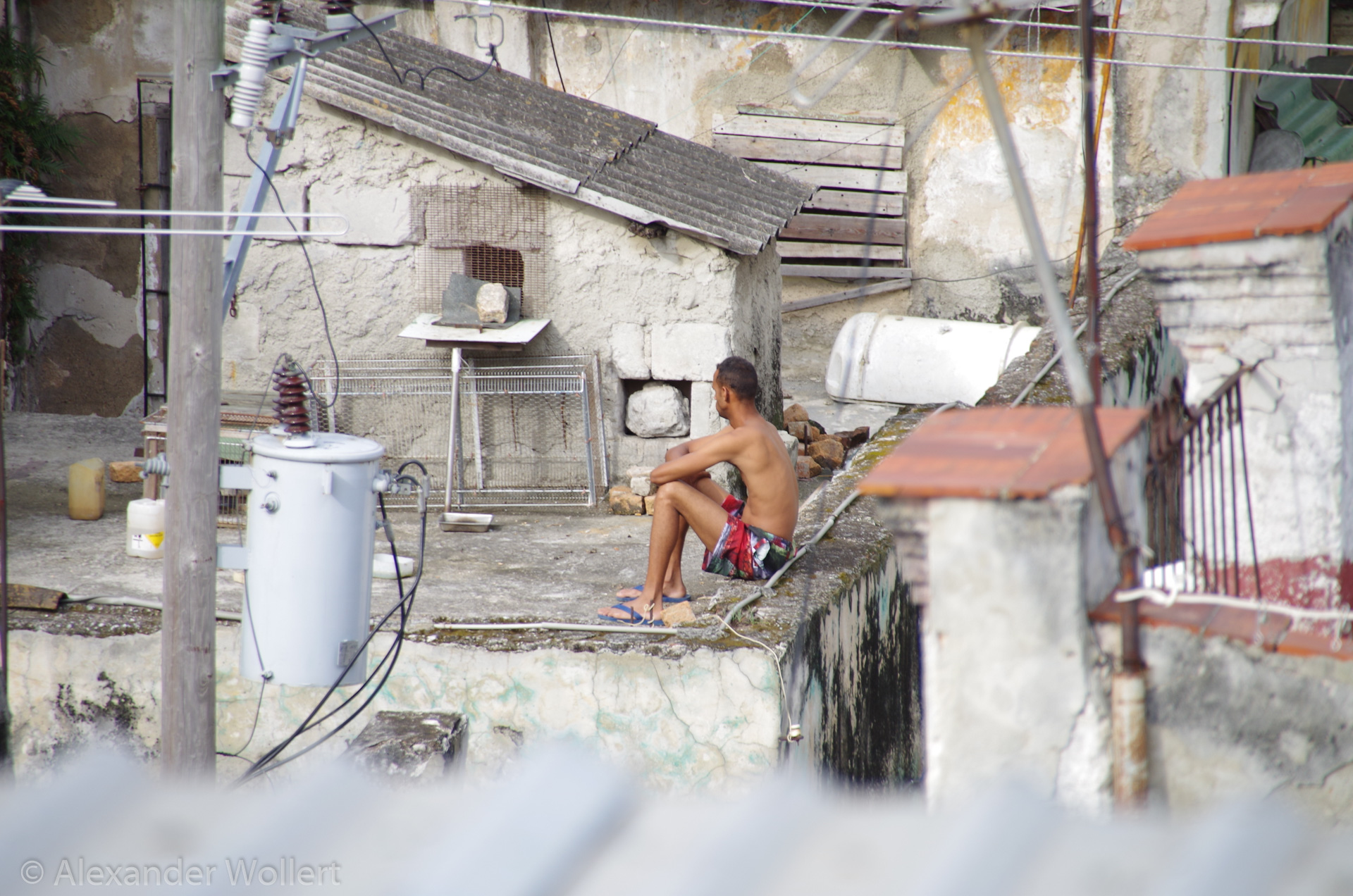
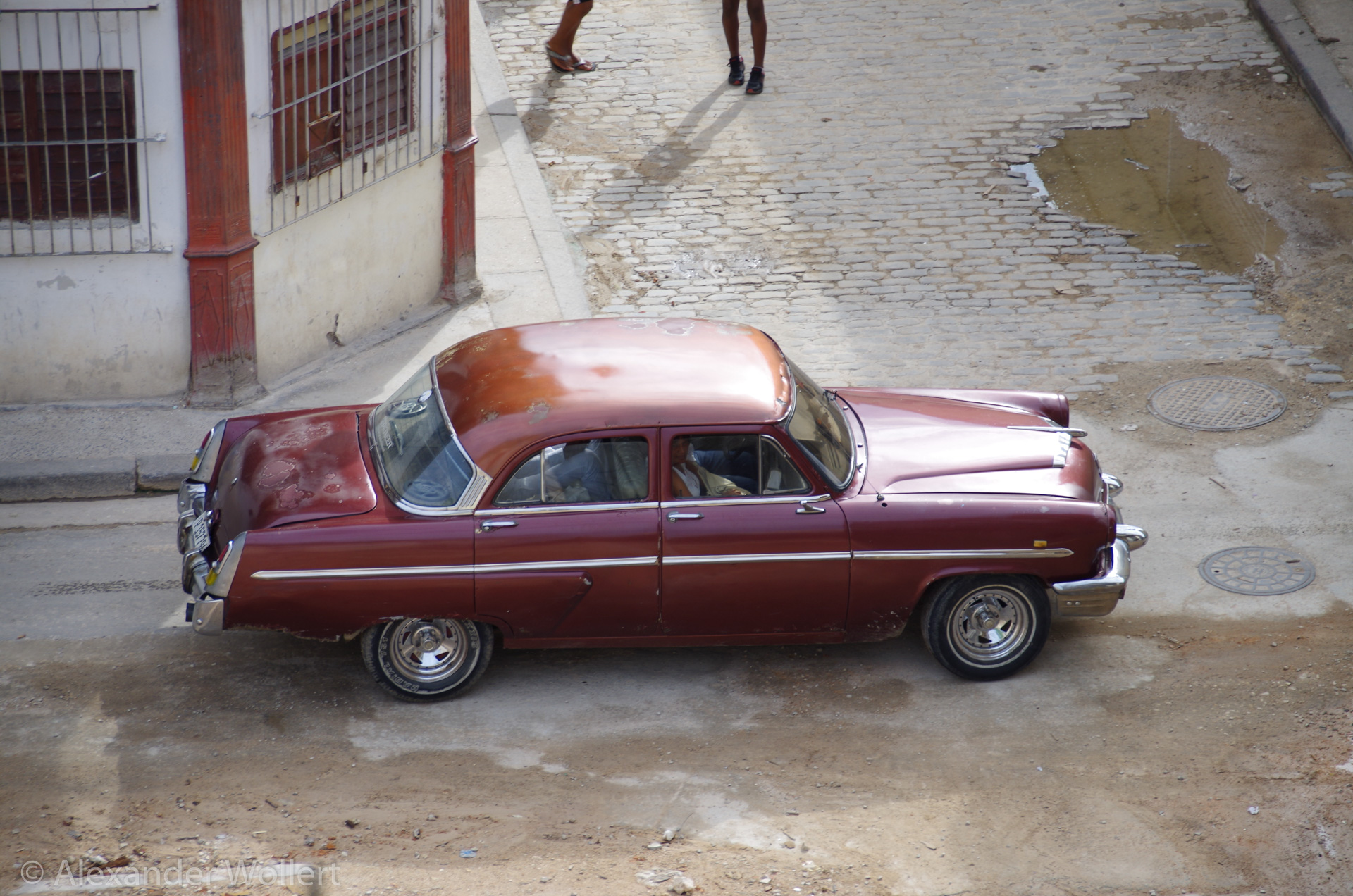
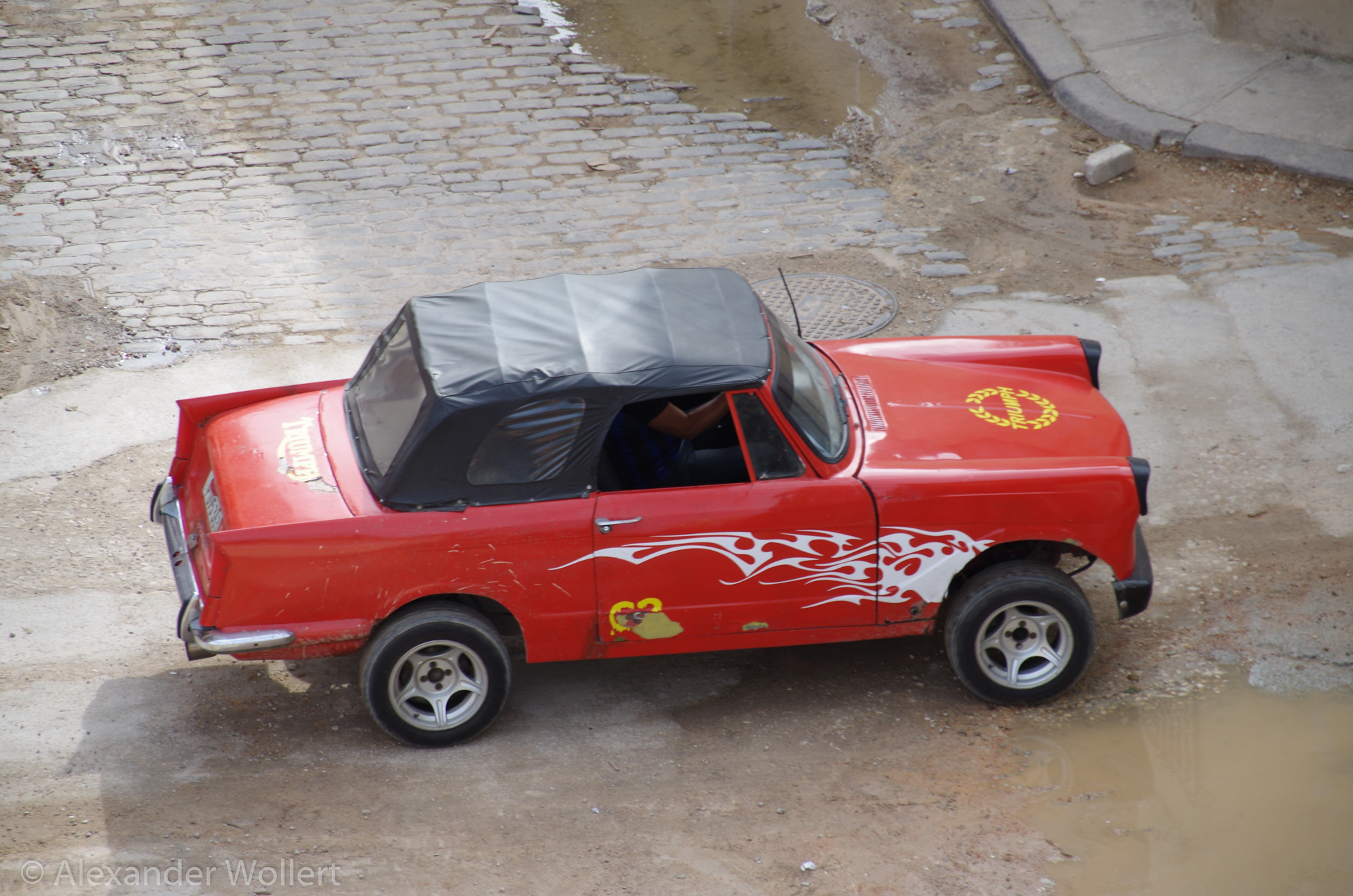
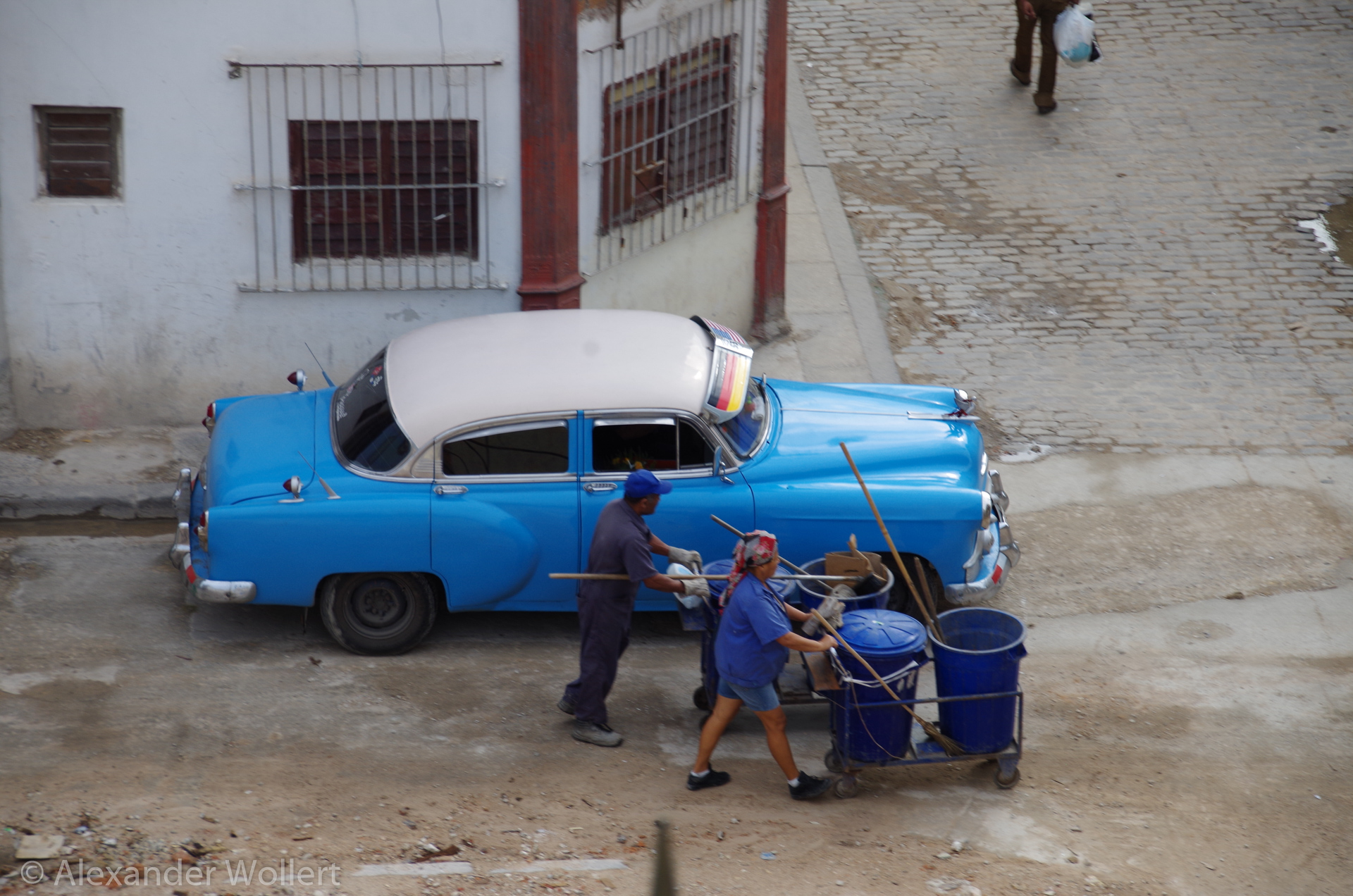
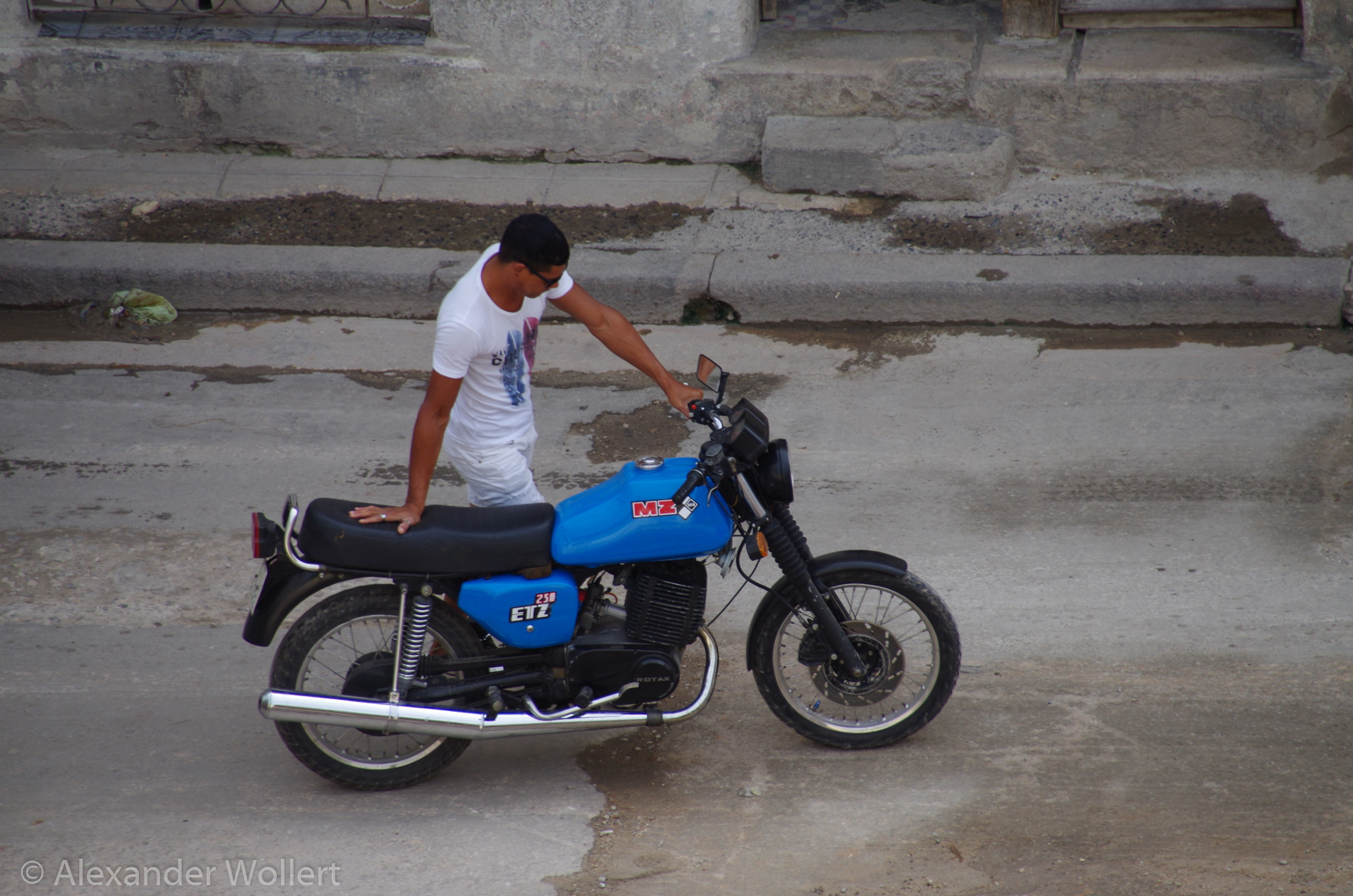
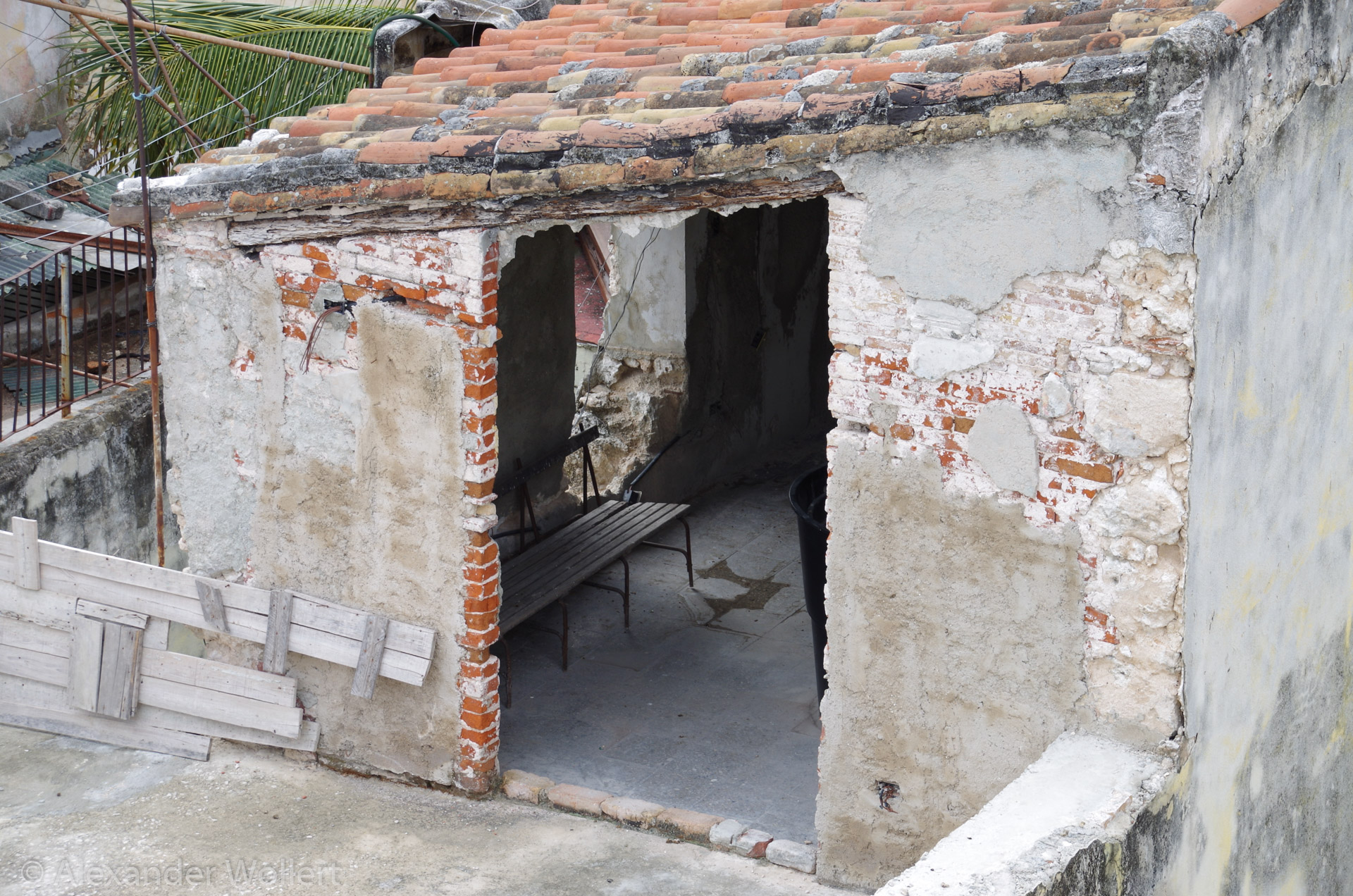


Somewhere around us are the brothers Fidel and Raoul Castro, who still run the business of government in Cuba. Unlike their legendary friend Che Guevara, the US could never get their hands on these two
and take revenge on them for the international embarrassment of the failed American invasion of the “Bay of Pigs” in 1961 and the “Cuba Crisis” of 1962. The spirit of the 1953-59 revolución is still present everywhere.
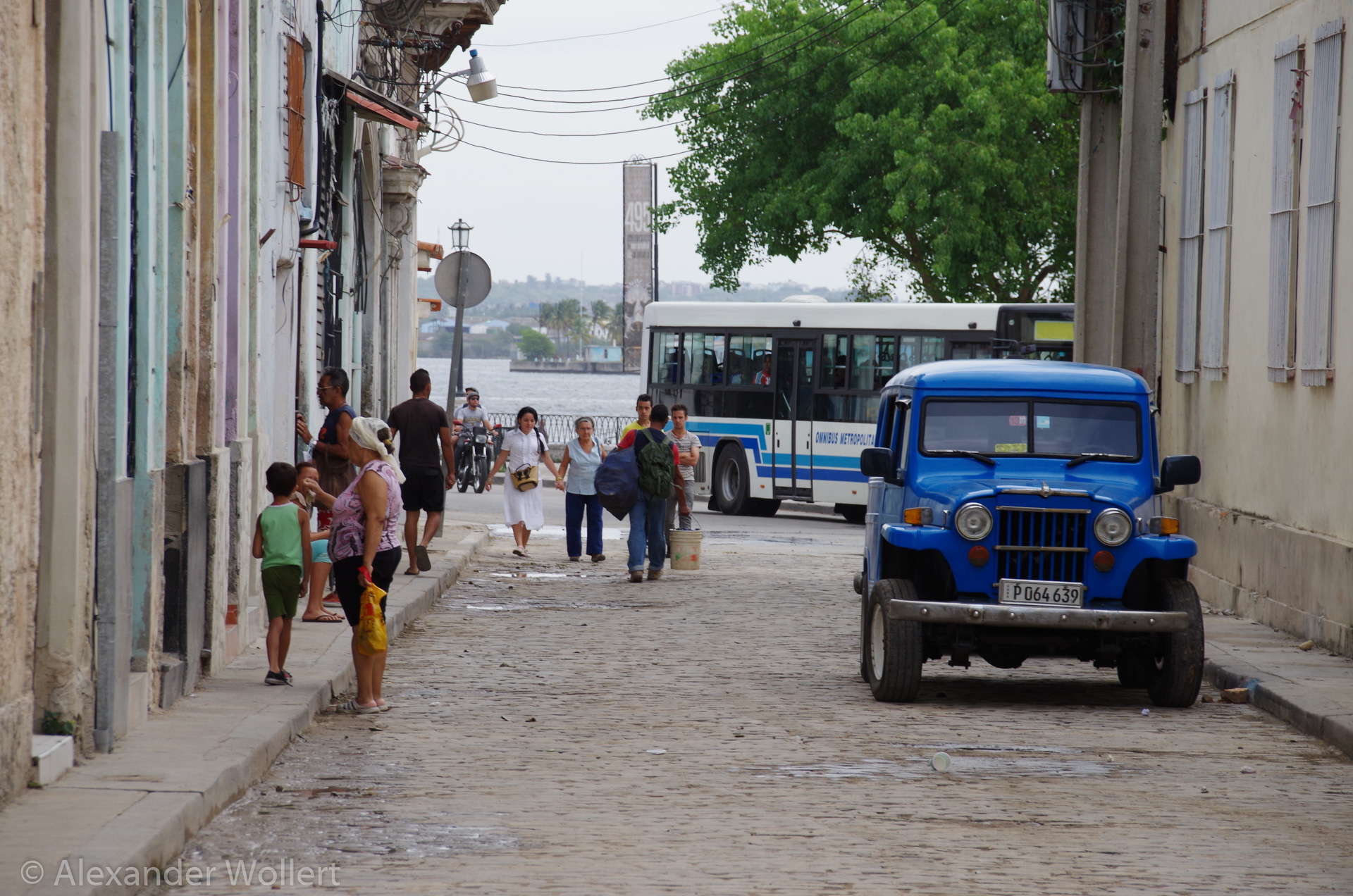
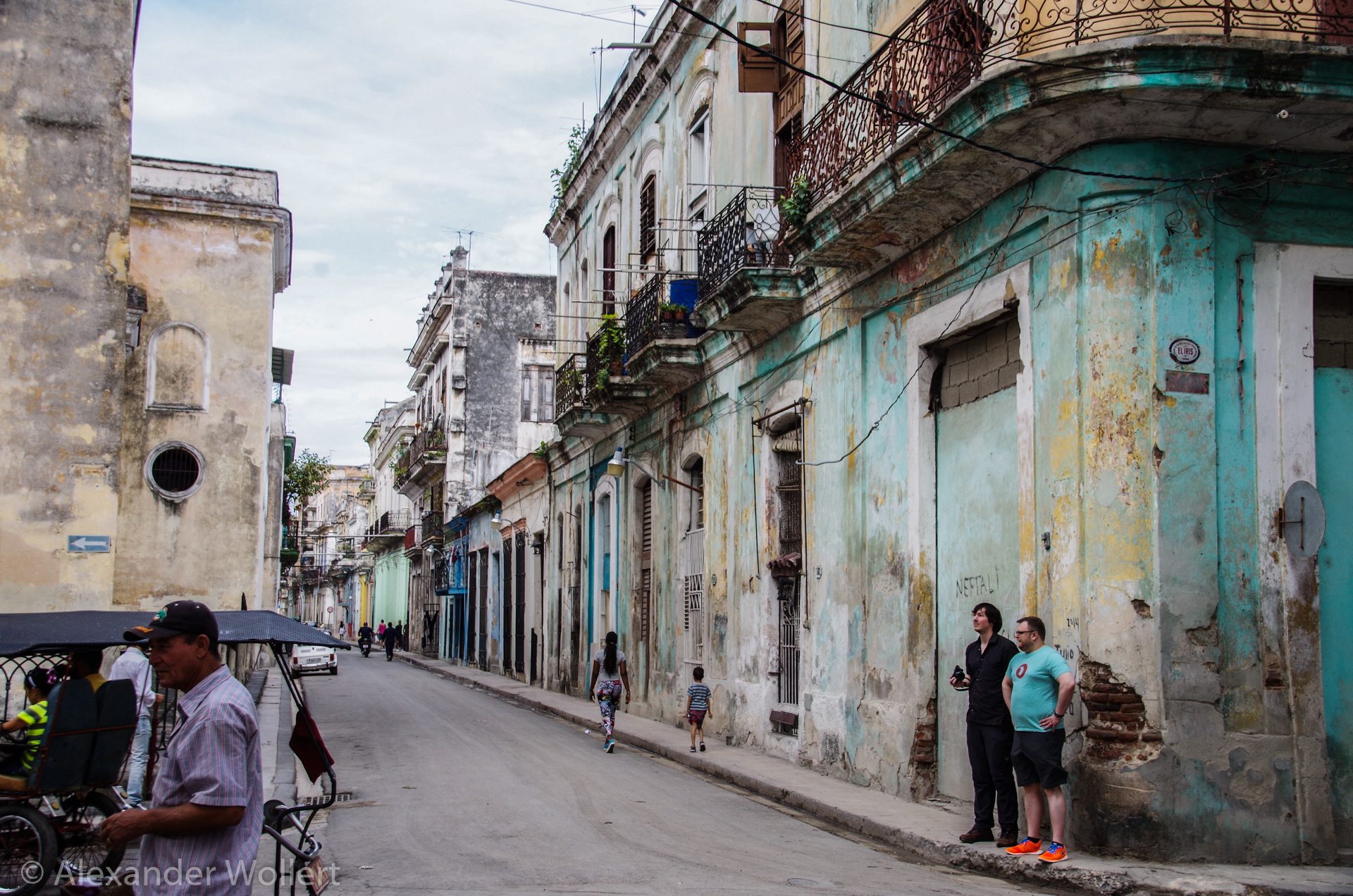

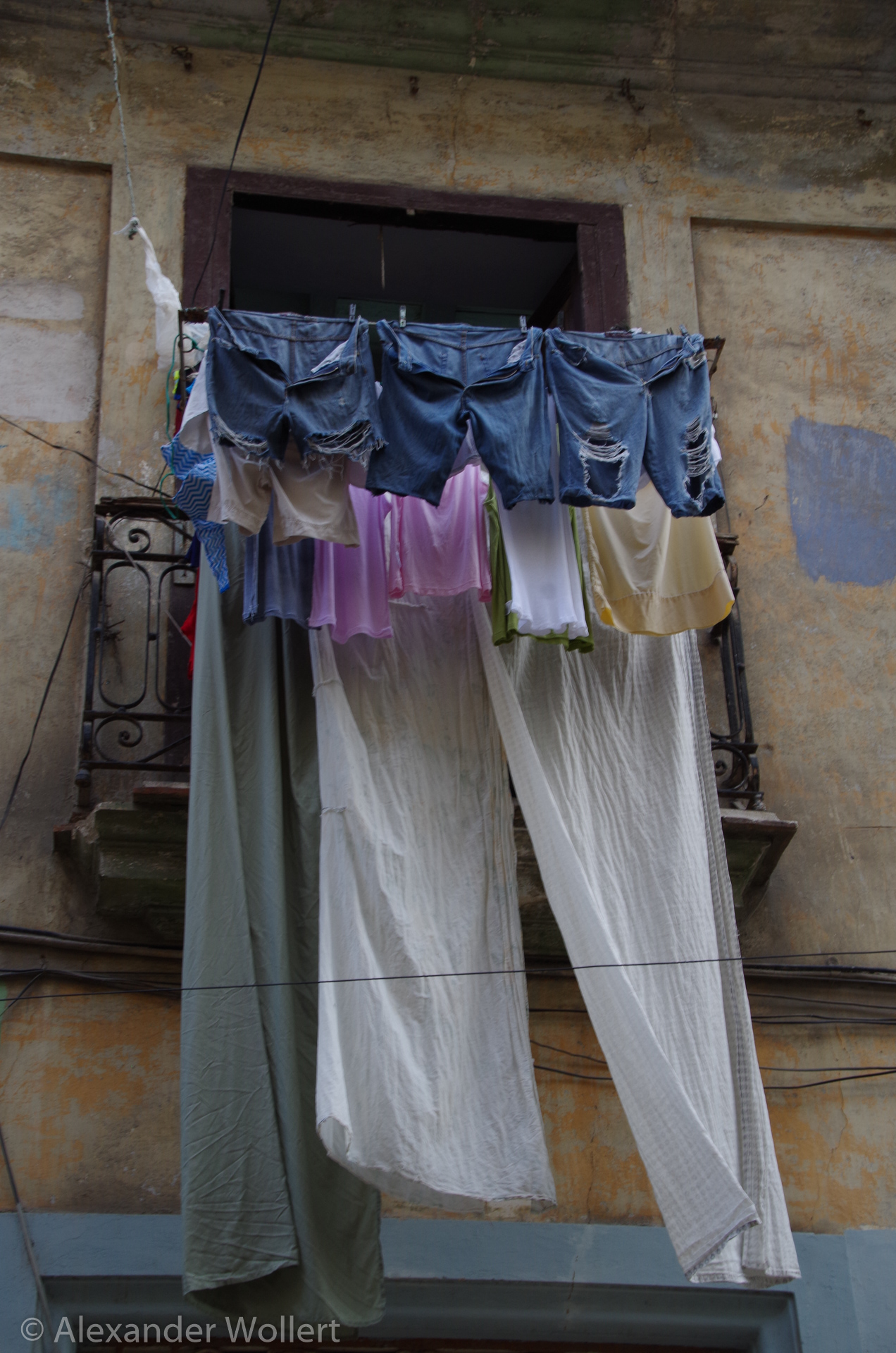
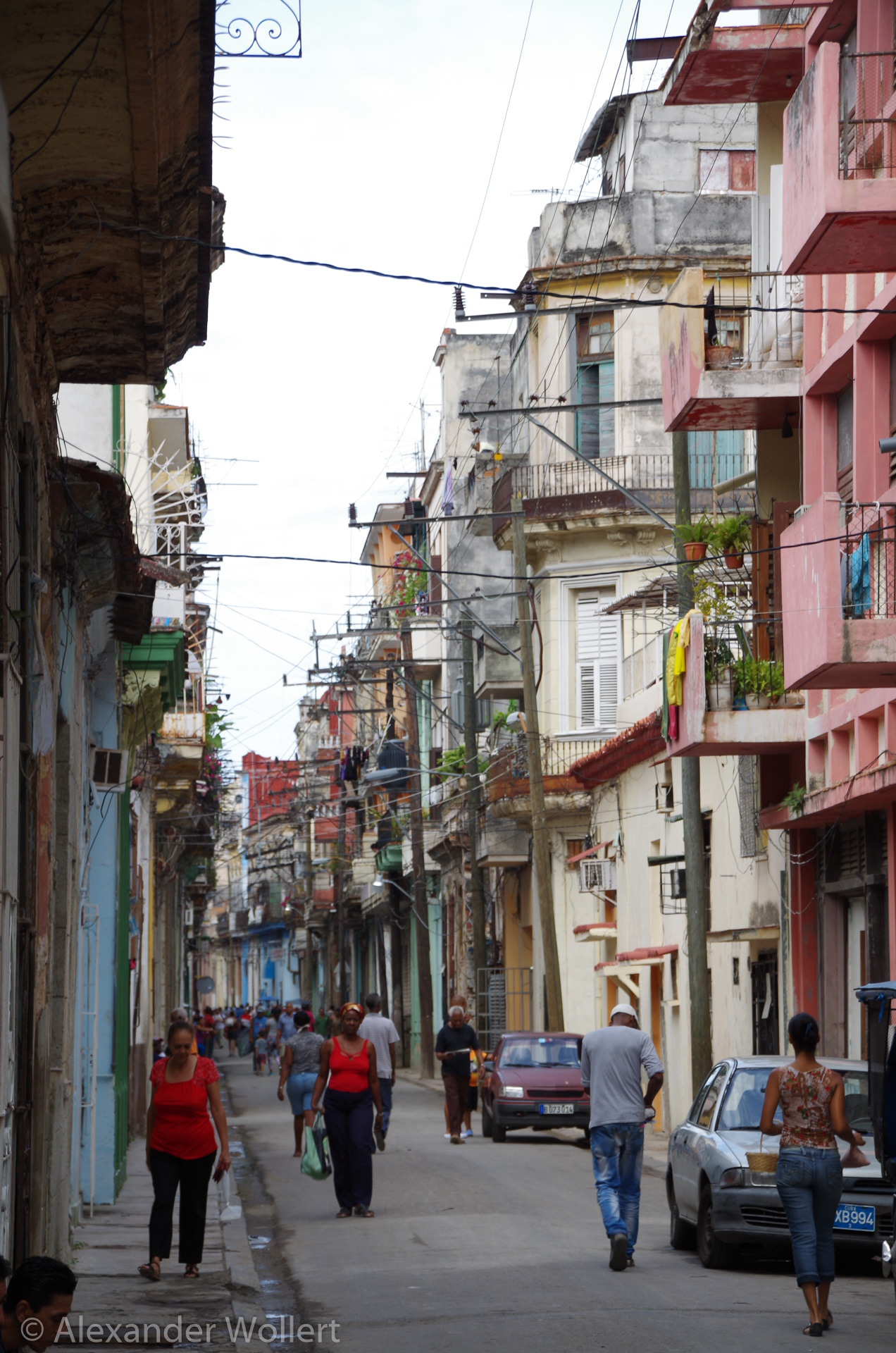
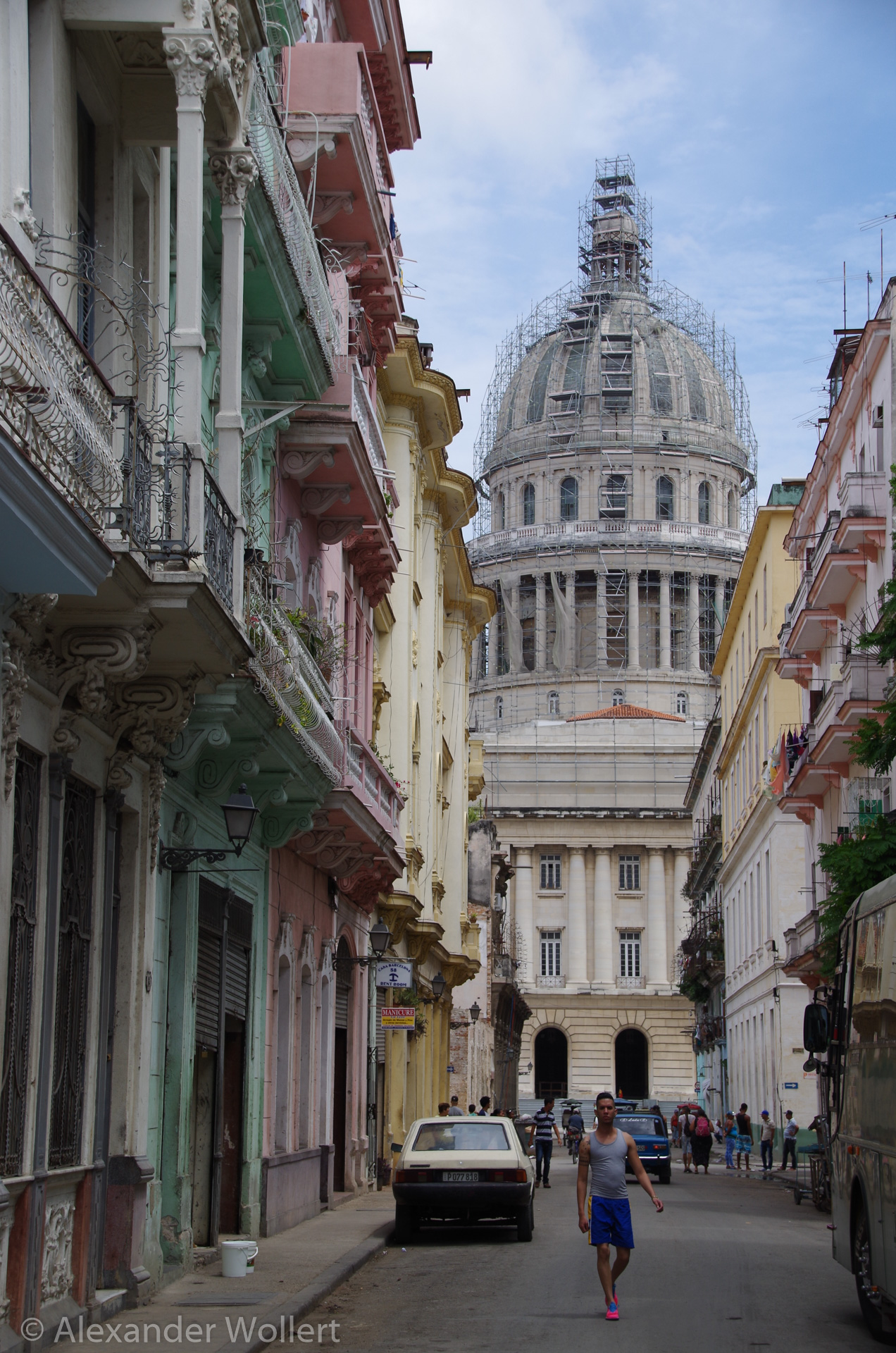
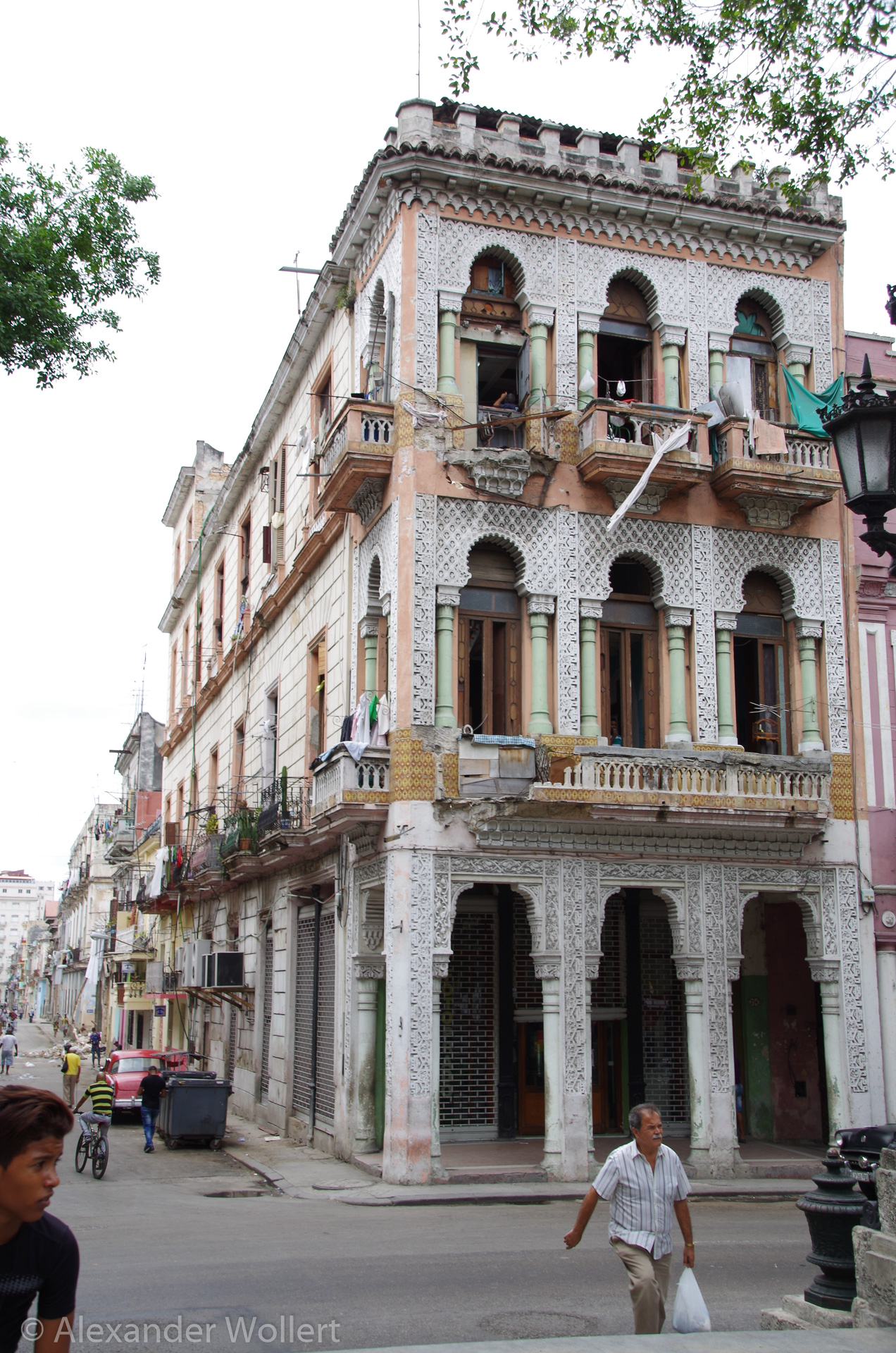
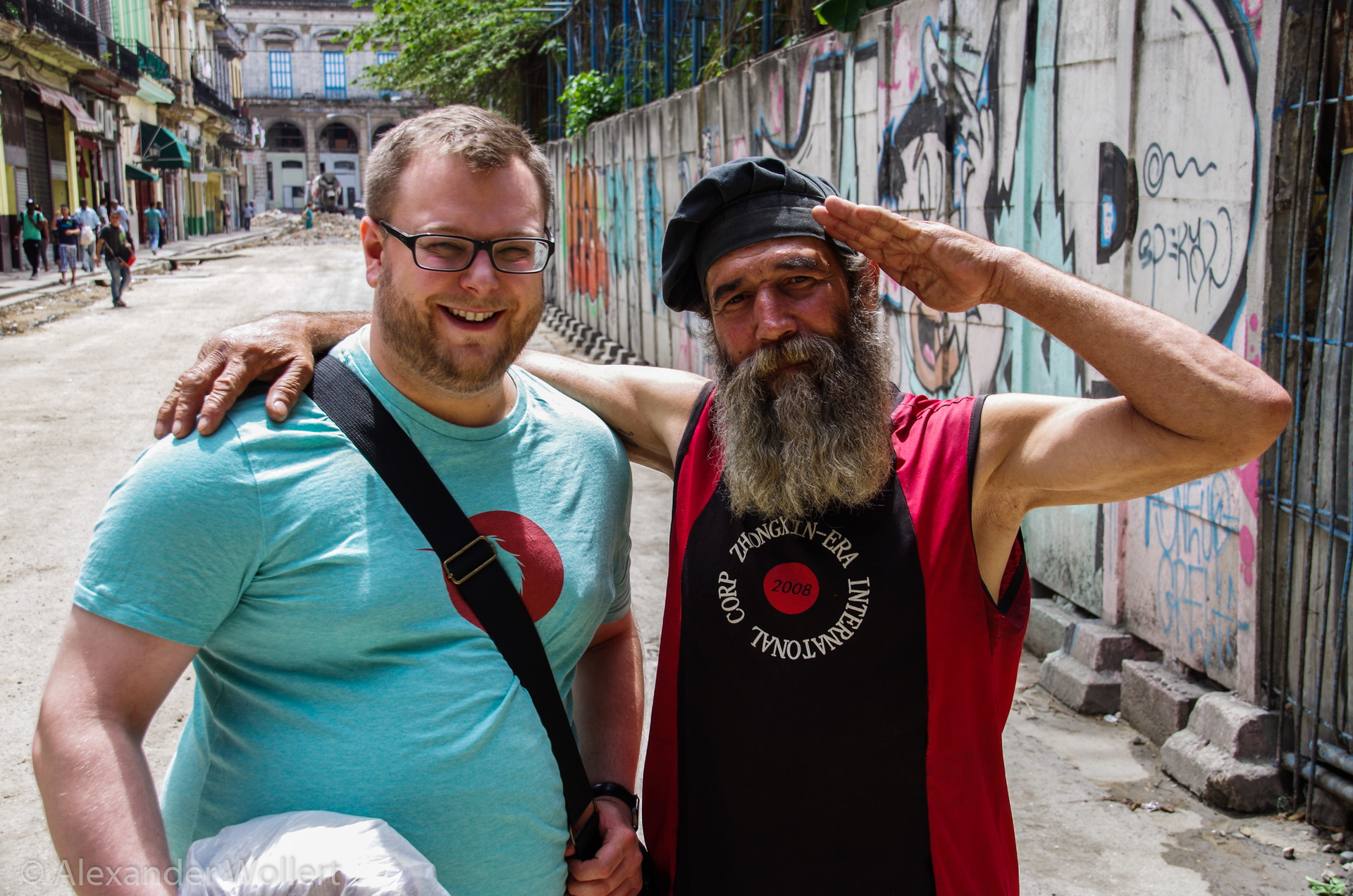
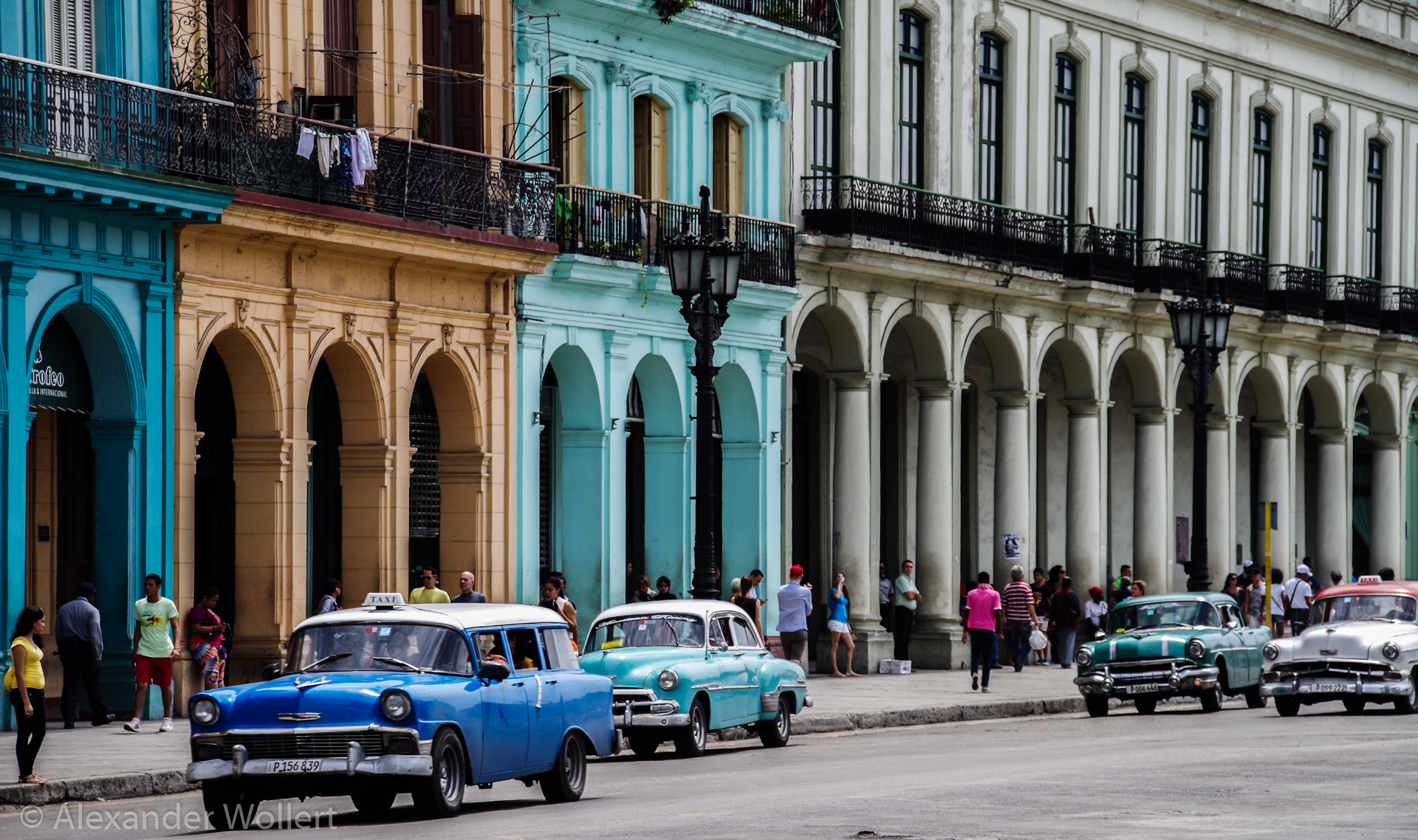

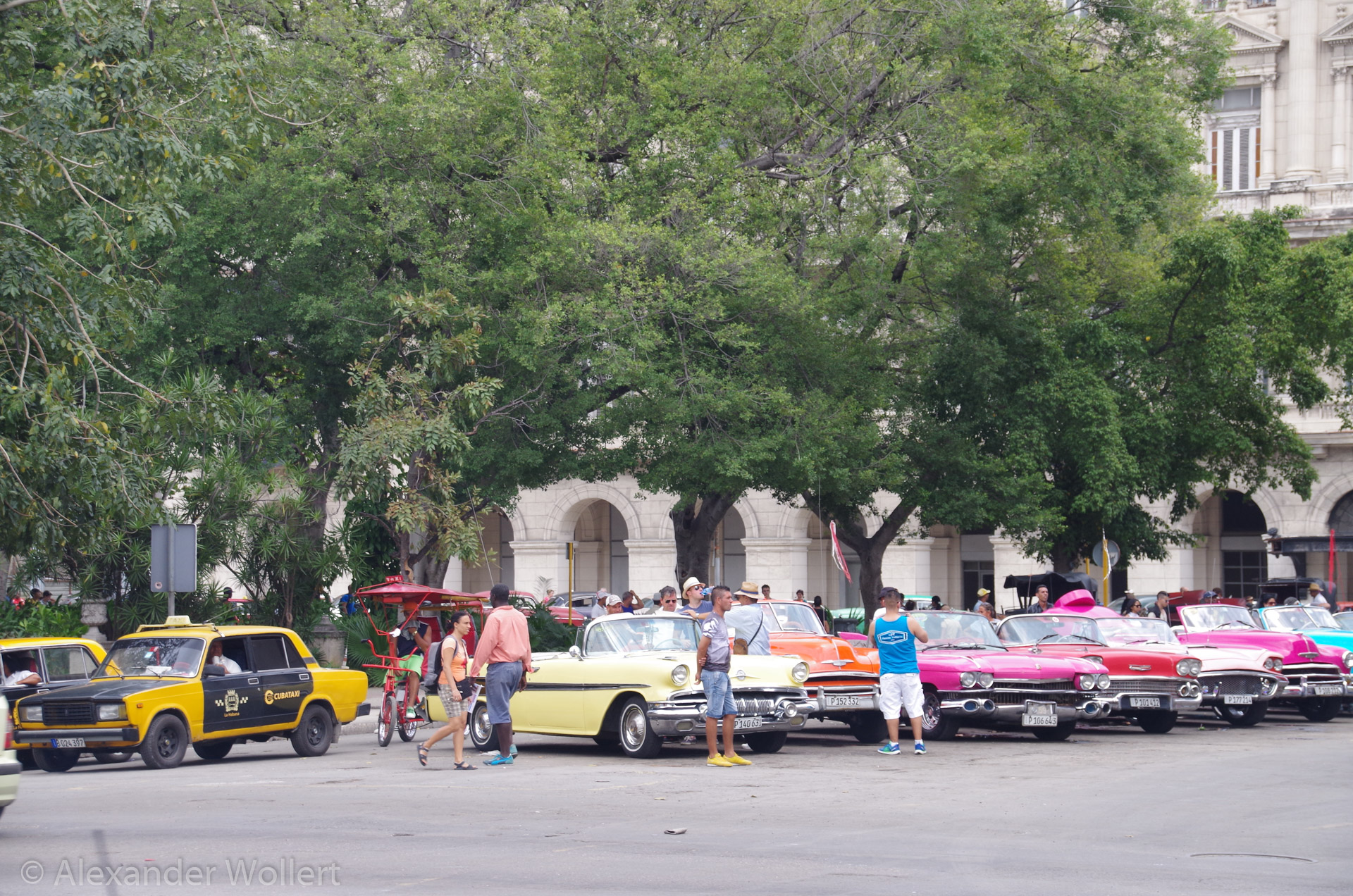

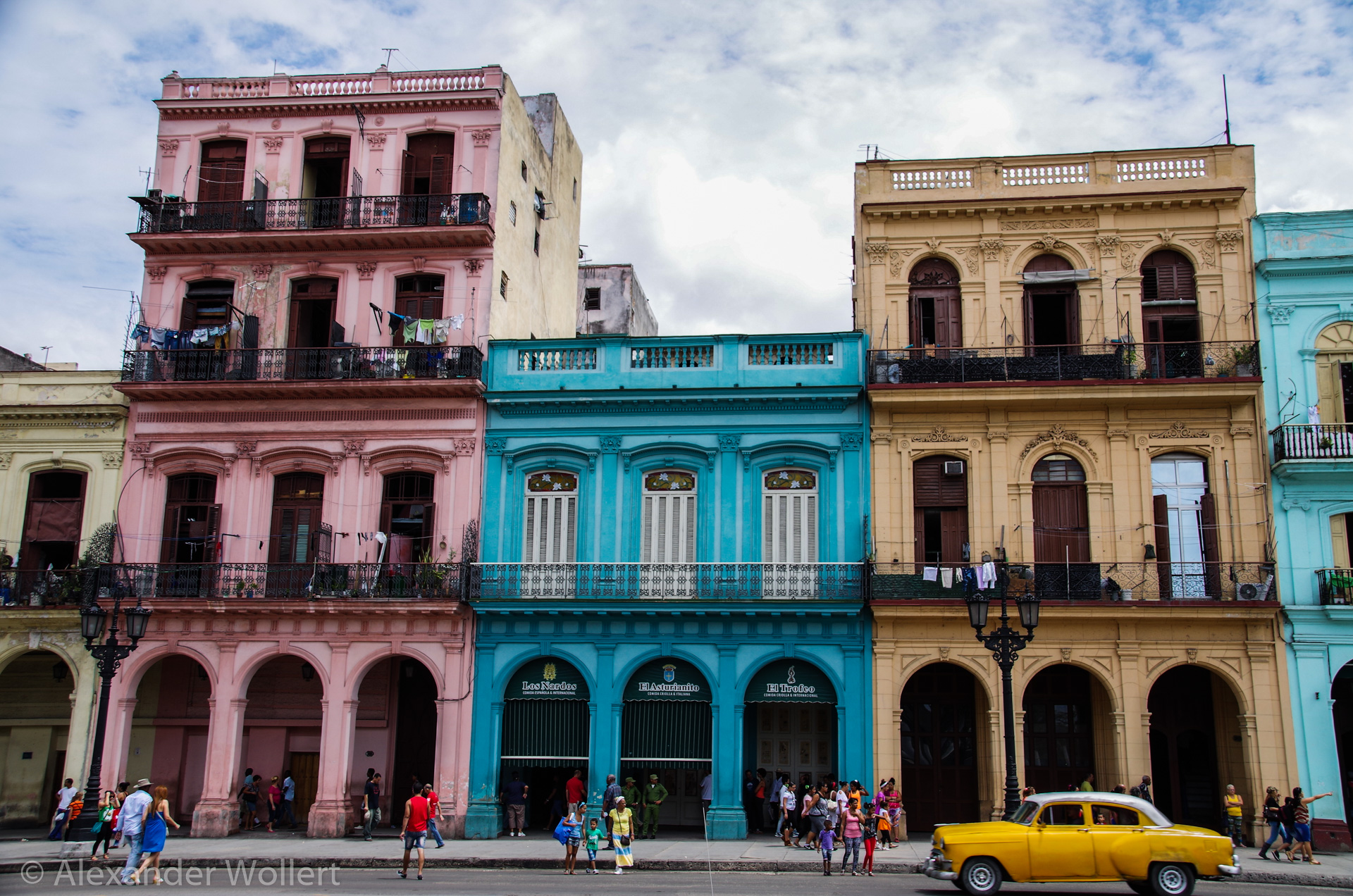

It is also interesting to see the frequent distribution points for supplies in the cityscape. Here people get their rations of food and there are always long lines. People greet us and conversations quickly arise. At first we are skeptical because we expect that something will be sold to us; but most Cubans are just interested in chatting, because they often do not come into contact with foreign visitors.
There are few individual travelers, few visitors who dare to venture into the side streets or few foreigners who speak Spanish.
It didn’t take an hour on the street and we were sitting with a Cuban over a mojito and a cigar. His name is Miguel and we share our stories. Since I’m the only three of us who speaks Spanish, I translate back and forth constantly.


Miguel is a music teacher and teaches various instruments. He also recommends that we attend the concert of the famous Buena Vista Social Club.
The members are mostly friends or children of the original cast, but that doesn’t detract from our enthusiasm.

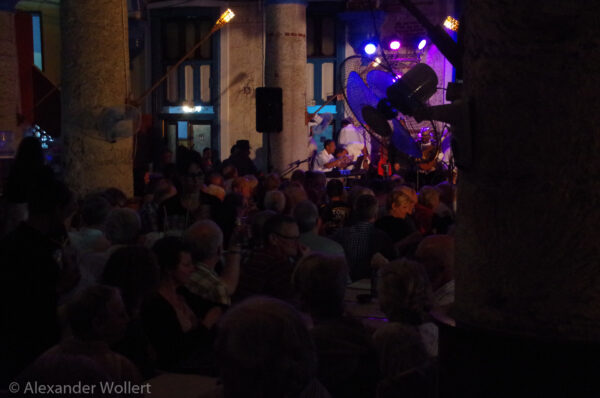
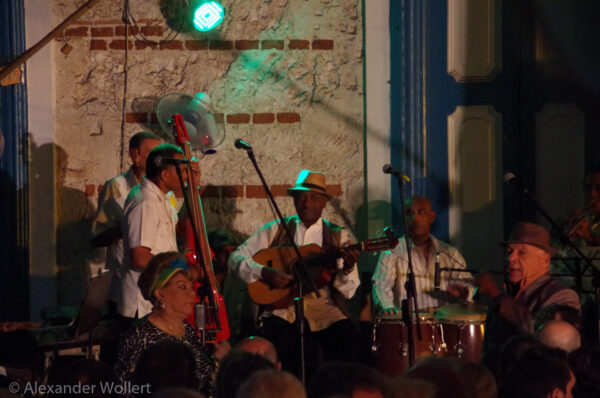
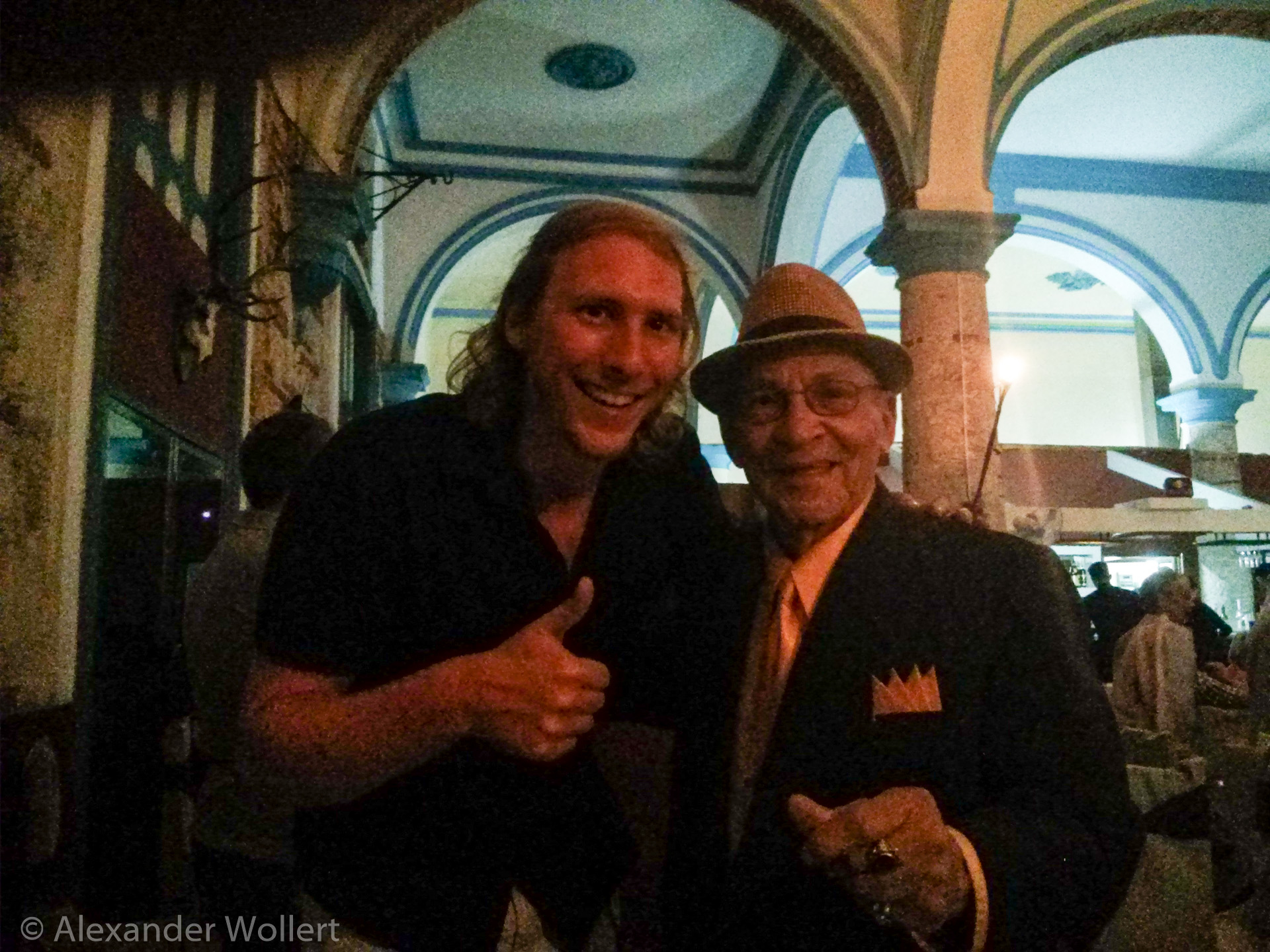
The concert takes place in Havana’s cultural center and provides a perfect backdrop for the typical Cuban sounds. We couldn’t feel the atmosphere of the country better. Then we stroll through the streets, always careful not to fall into a hole in the dark.
There is a lot going on in the streets, the music of the live bands comes from the bars and the people dance salsa in the streets.
Punctuality
Cubans have their own clock. We make appointments and no one is on time. If you wait you get to hear “another 20 minutes” … and wait an hour. Strangely enough, Cubans are amazed when someone else is a little late. We now get used to the obligatory Delta T and call any time, whether 20 minutes or 2 hours, the “Hora Cubana“: the “hour in Cuban time”, which can be of any length and in which anything can happen.
We spend three days in Havana and it won’t be boring. We explore the old town, the bars and walk down the large avenue Paseo de Martí to the Malecón, the promenade. The wind whips the sea against the walls and on the opposite side is the fortress Castillo De Los Tres Reyes Del Morro. According to the cliché, rum can also be bought everywhere. The famous Havana Club is produced and exported here.
In contrast to Bacardi, the rum can also be enjoyed pure and is also valued by the locals alongside smaller local brands. We immediately stock up on a bottle of special Havana Club Añejo Especial. It costs a little more than the popular three-year-old, but looks tastier with its golden brown color.

We quickly get into conversation with people again and it turns out that we win the hearts of the Cubans by sharing this unaffordable rum with them.
At the Malecón we make it comfortable with the bottle and enjoy being in Cuba.


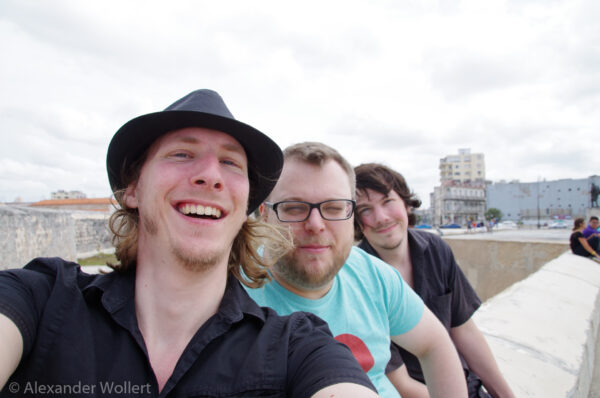


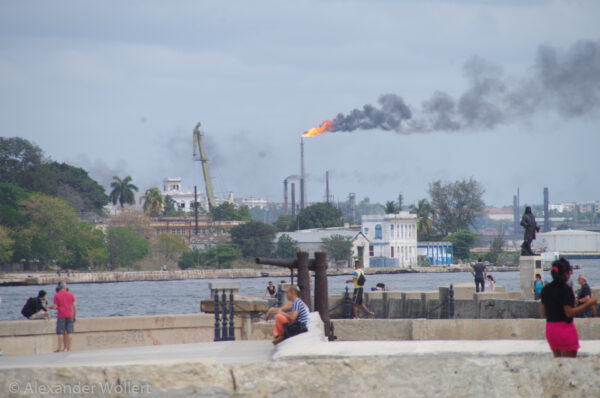
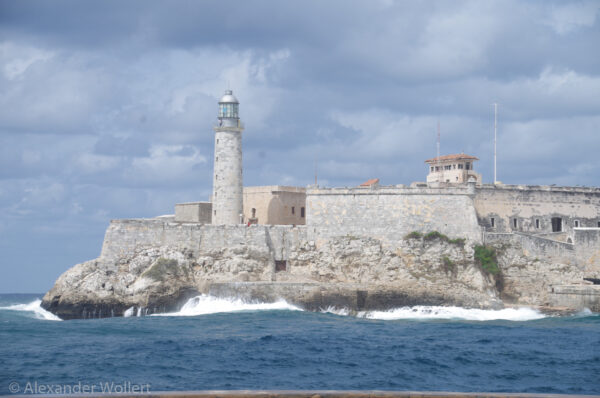
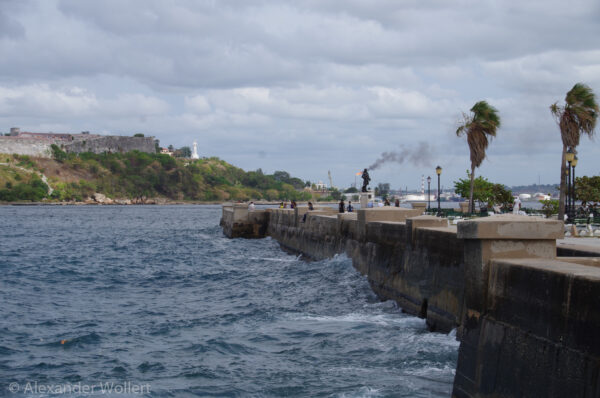
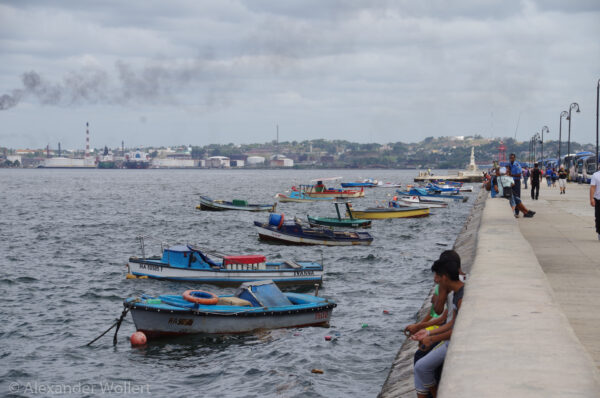
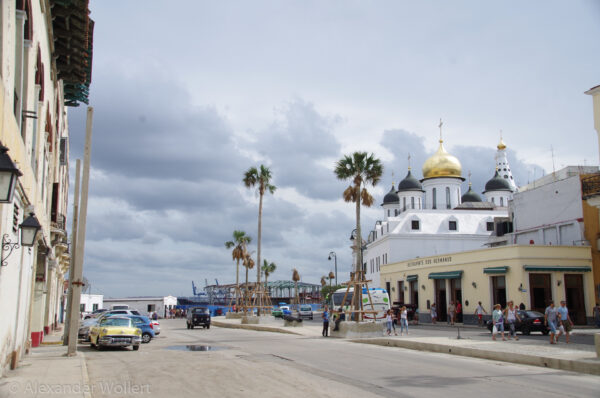


Of course, we too must have driven through the streets of La Habana in a vintage car. We take an old convertible and let us take us to the Castillo, where we haven’t been yet.
We are sorry for the driver because he wears glasses whose glass has cracked and has been temporarily repaired with tape.
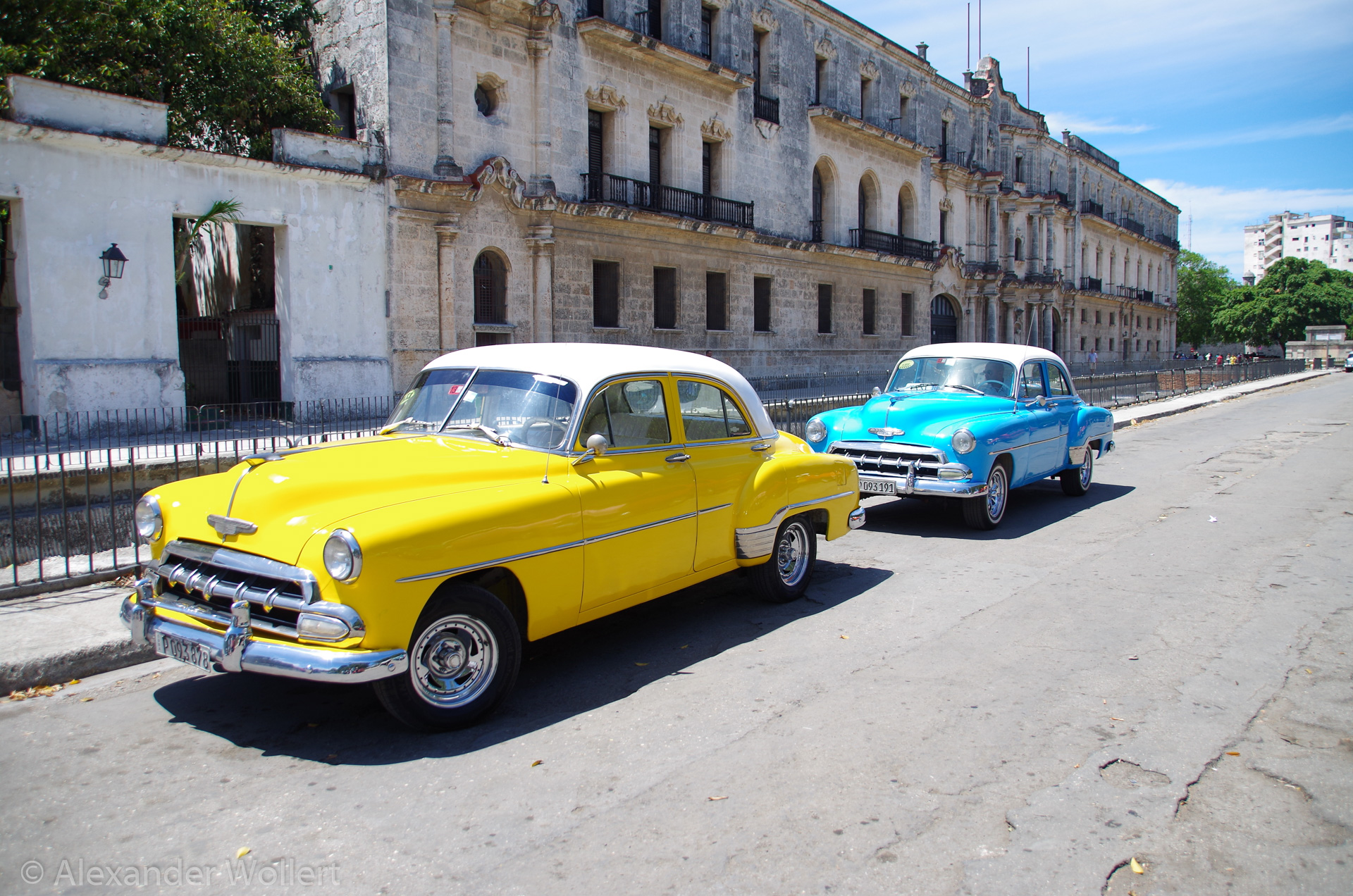
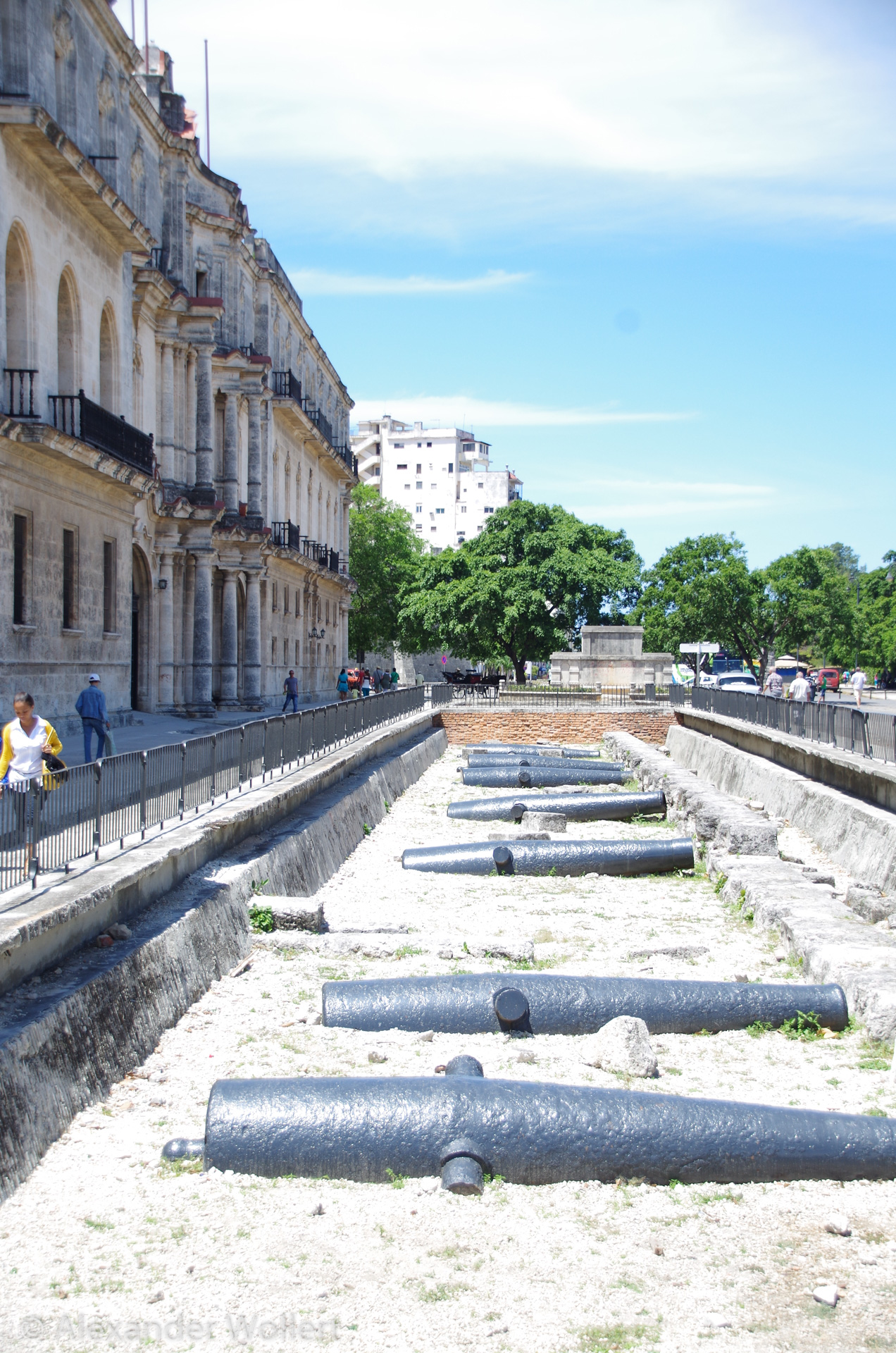
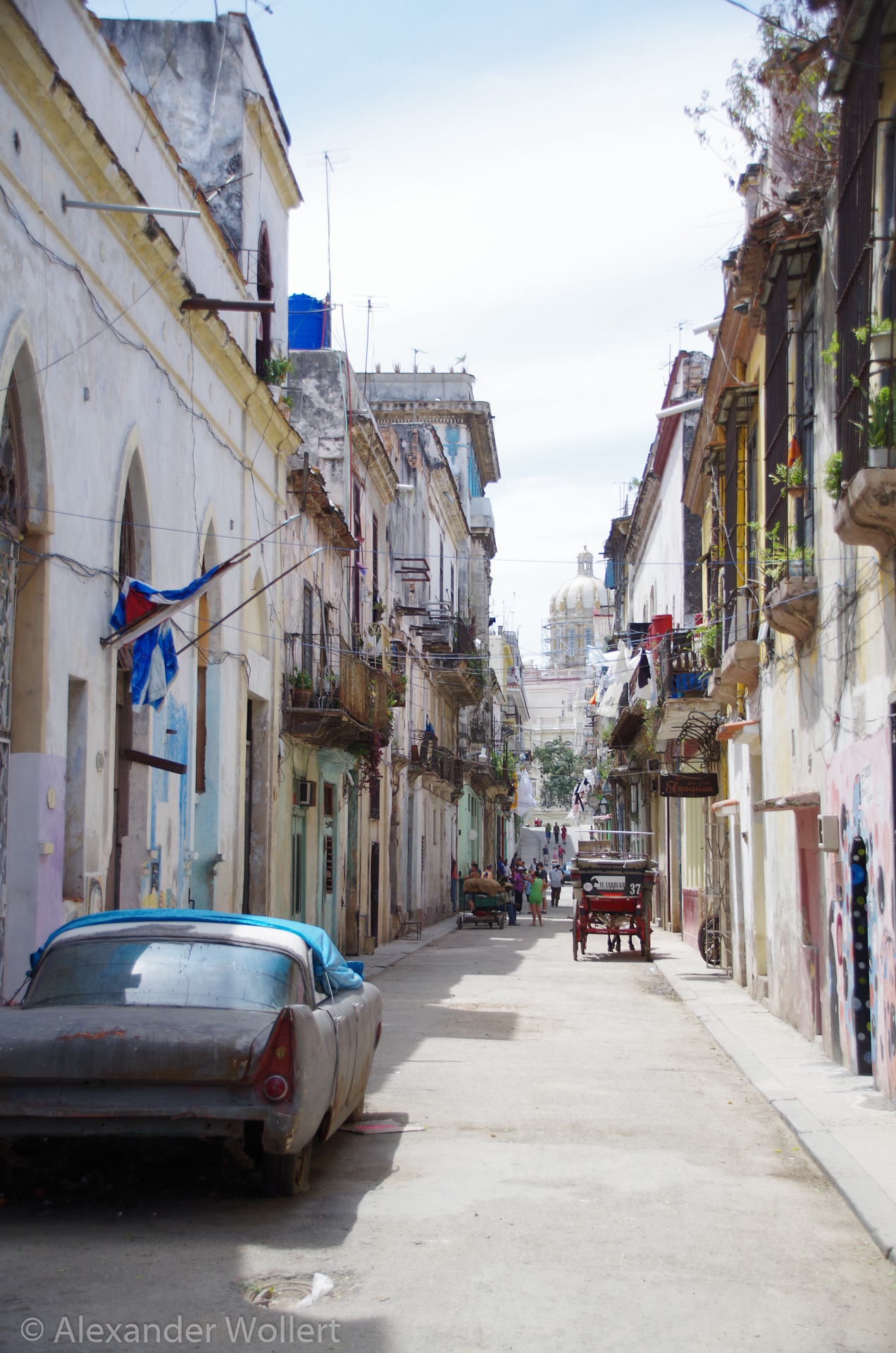

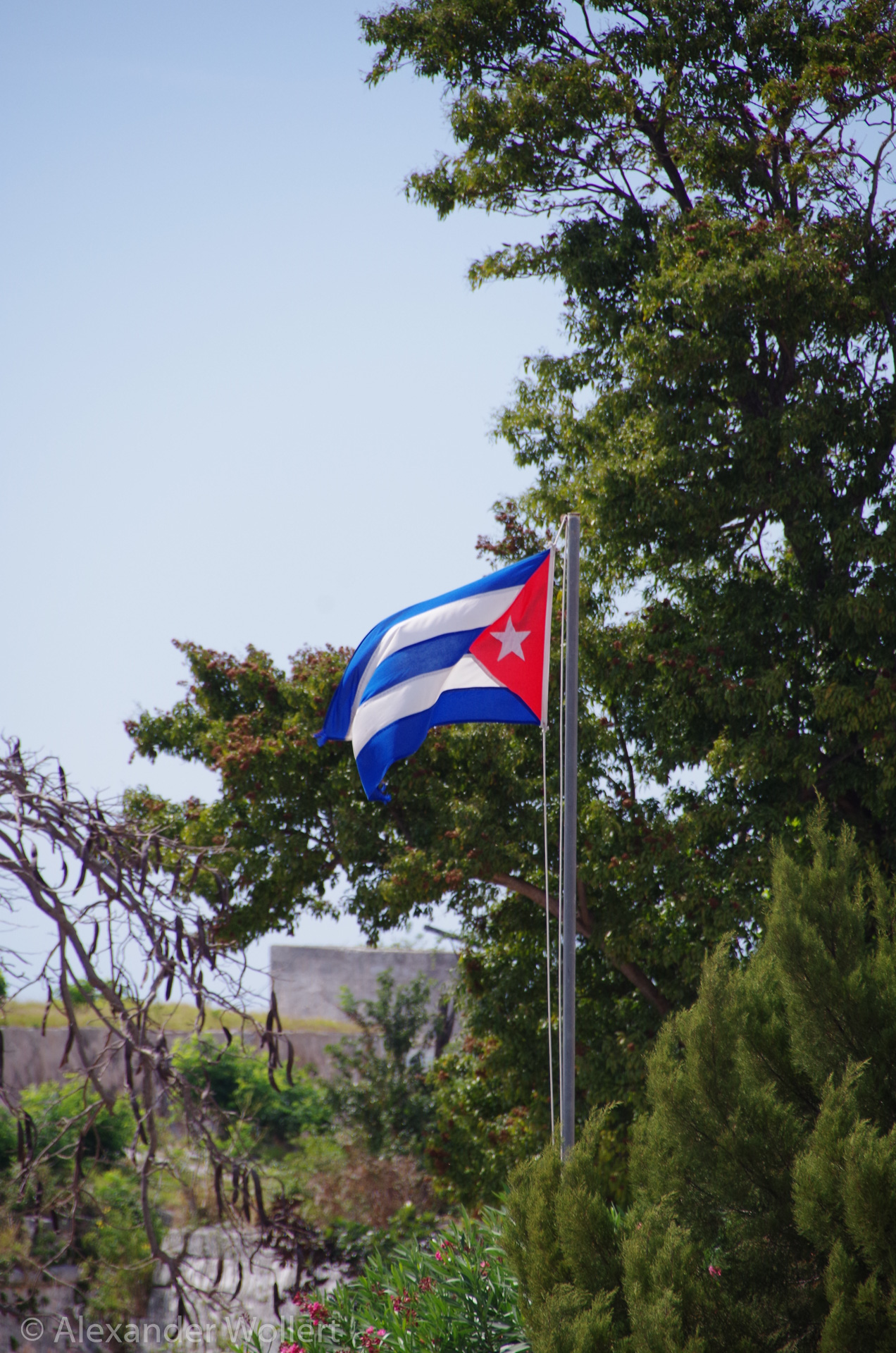

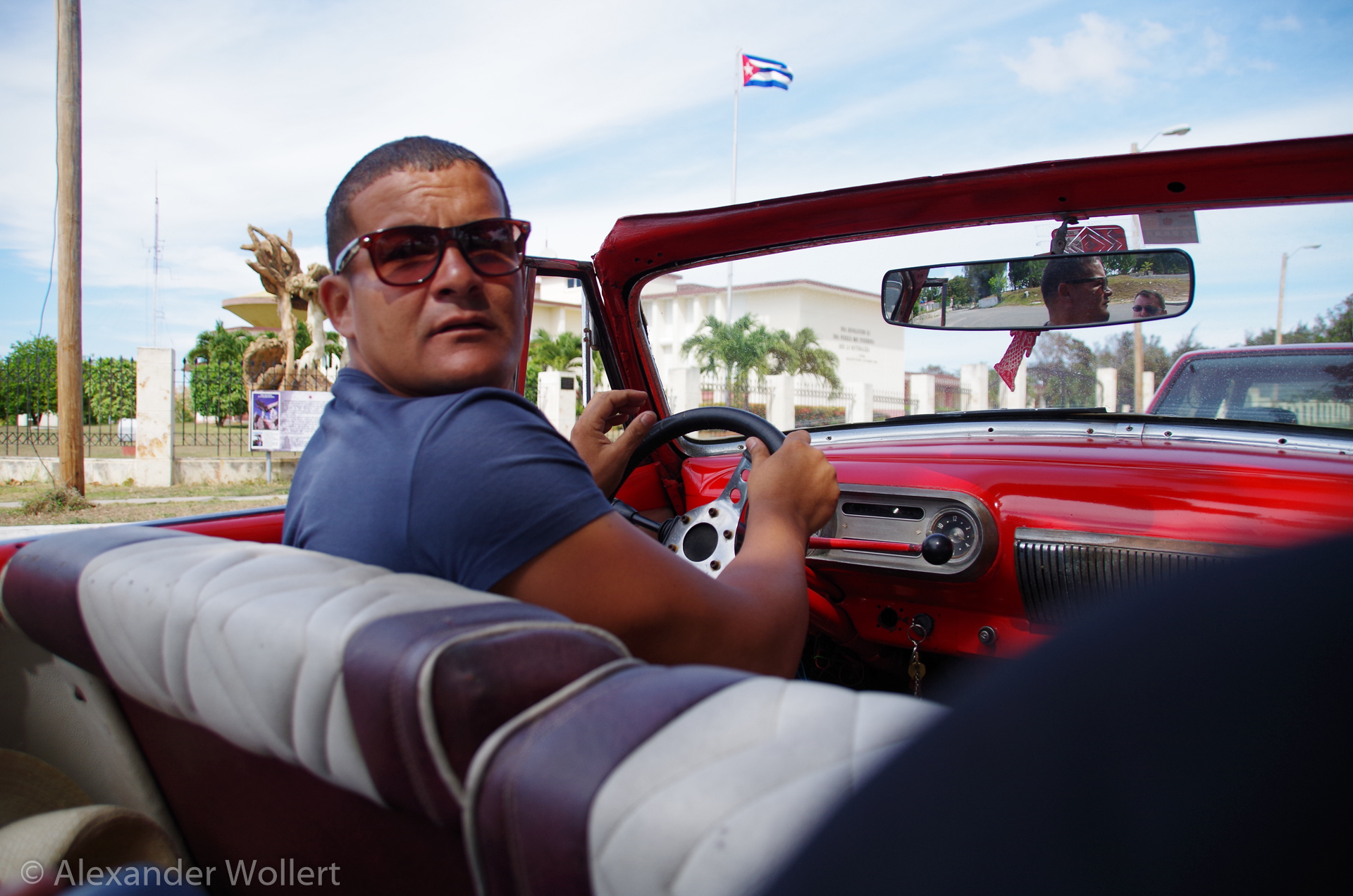
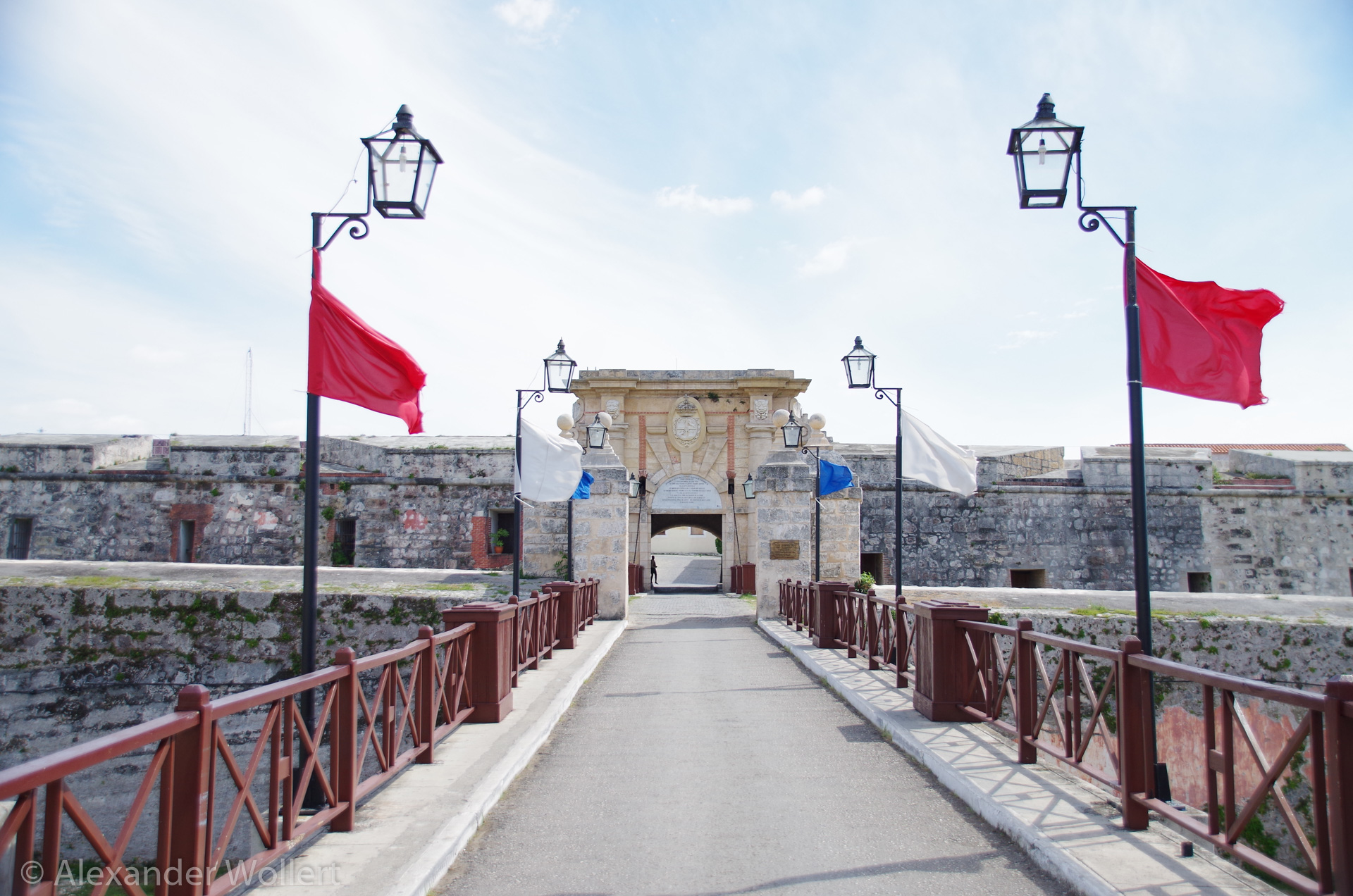
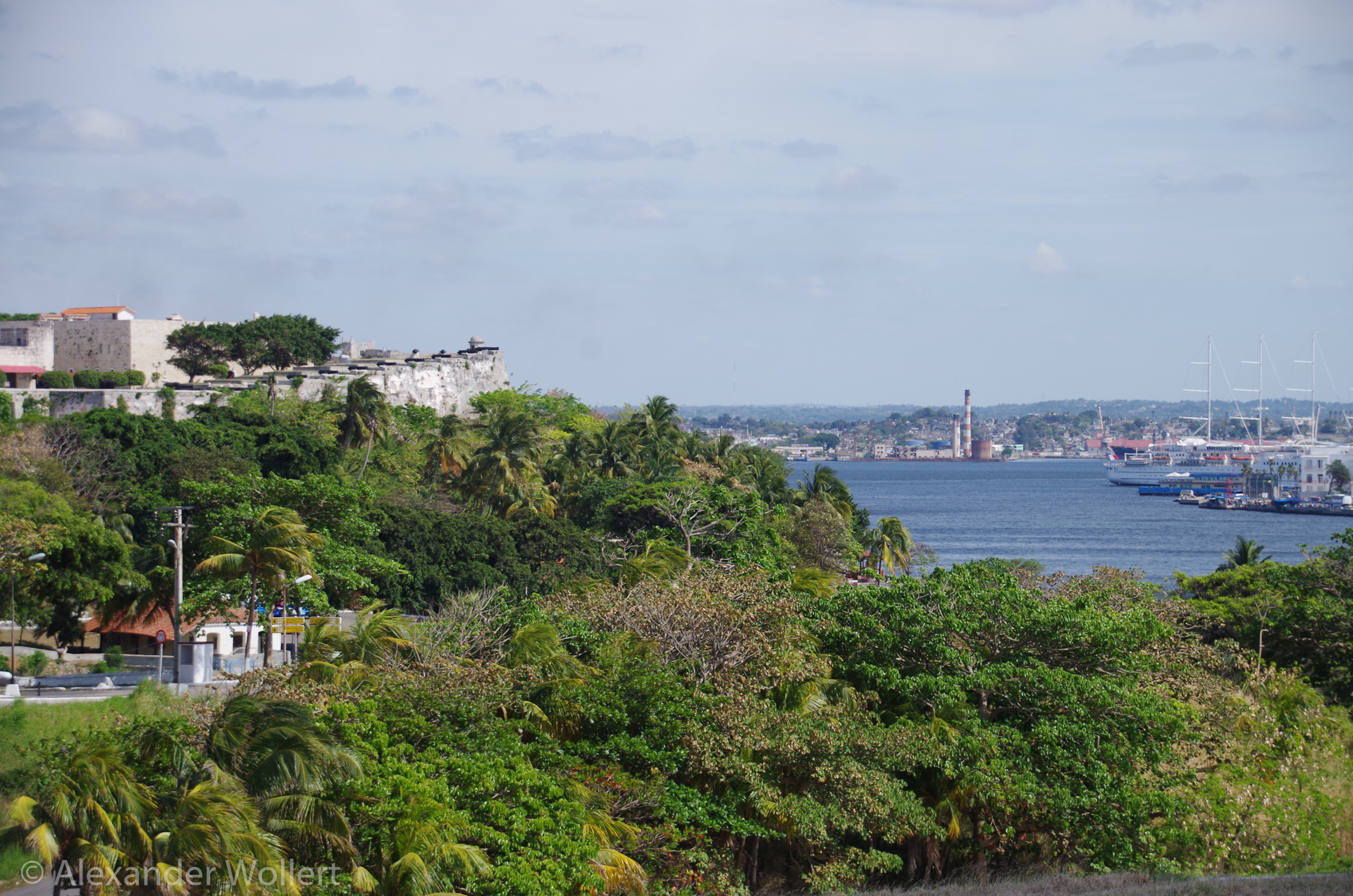
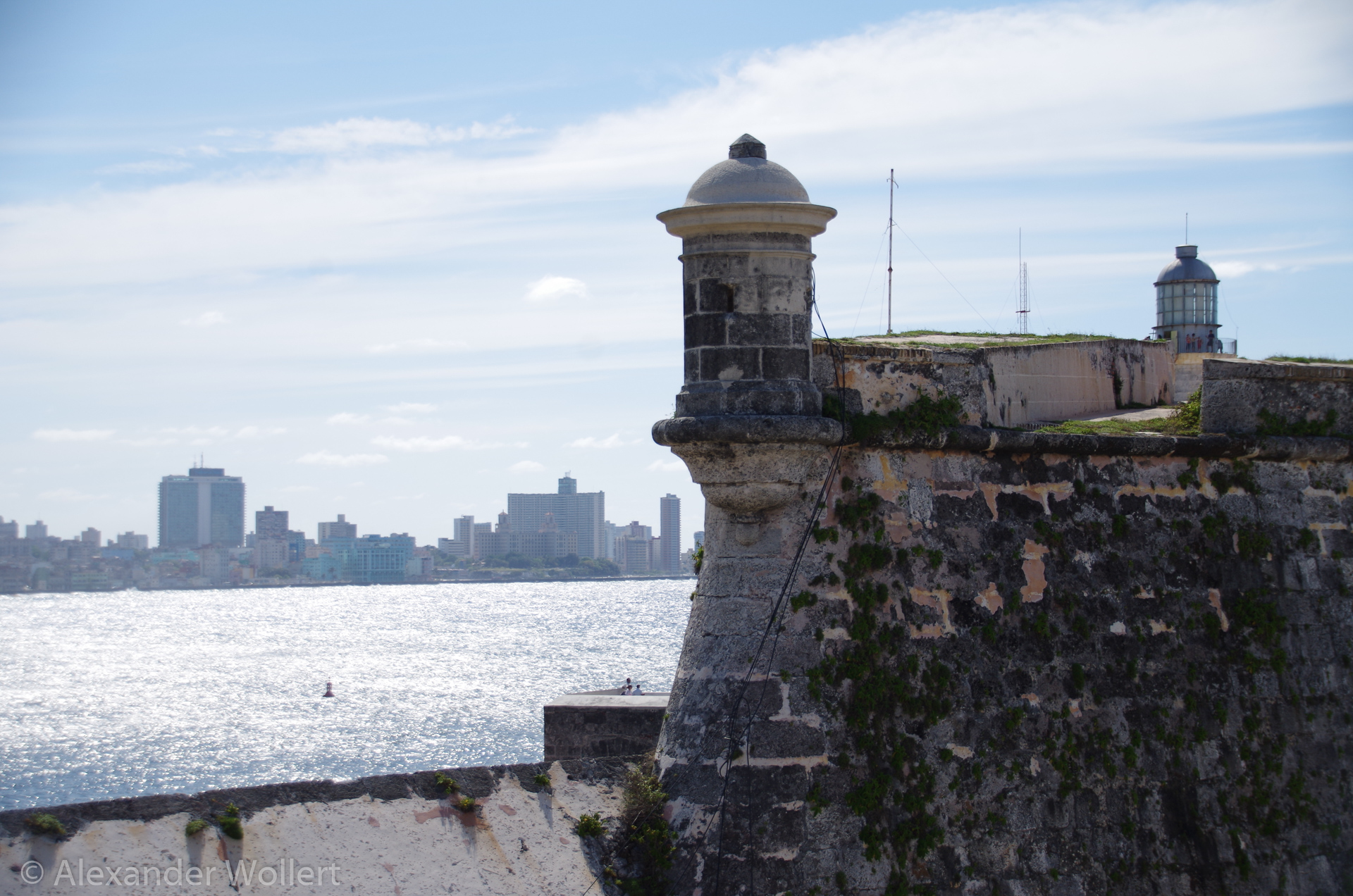
Like all Cubans we get to know, our host Hector also proves to be incredibly helpful. He has to have a lot of conversations with the airport about our luggage. He also helps us to find a means of transport. There are hardly any rental cars in the country.
Because of the sanctions it is hardly possible to import cars and the few modern vehicles that exist in Cuba are given to their guests by hotels or are booked months in advance. I looked around the internet in advance and couldn’t find anything.
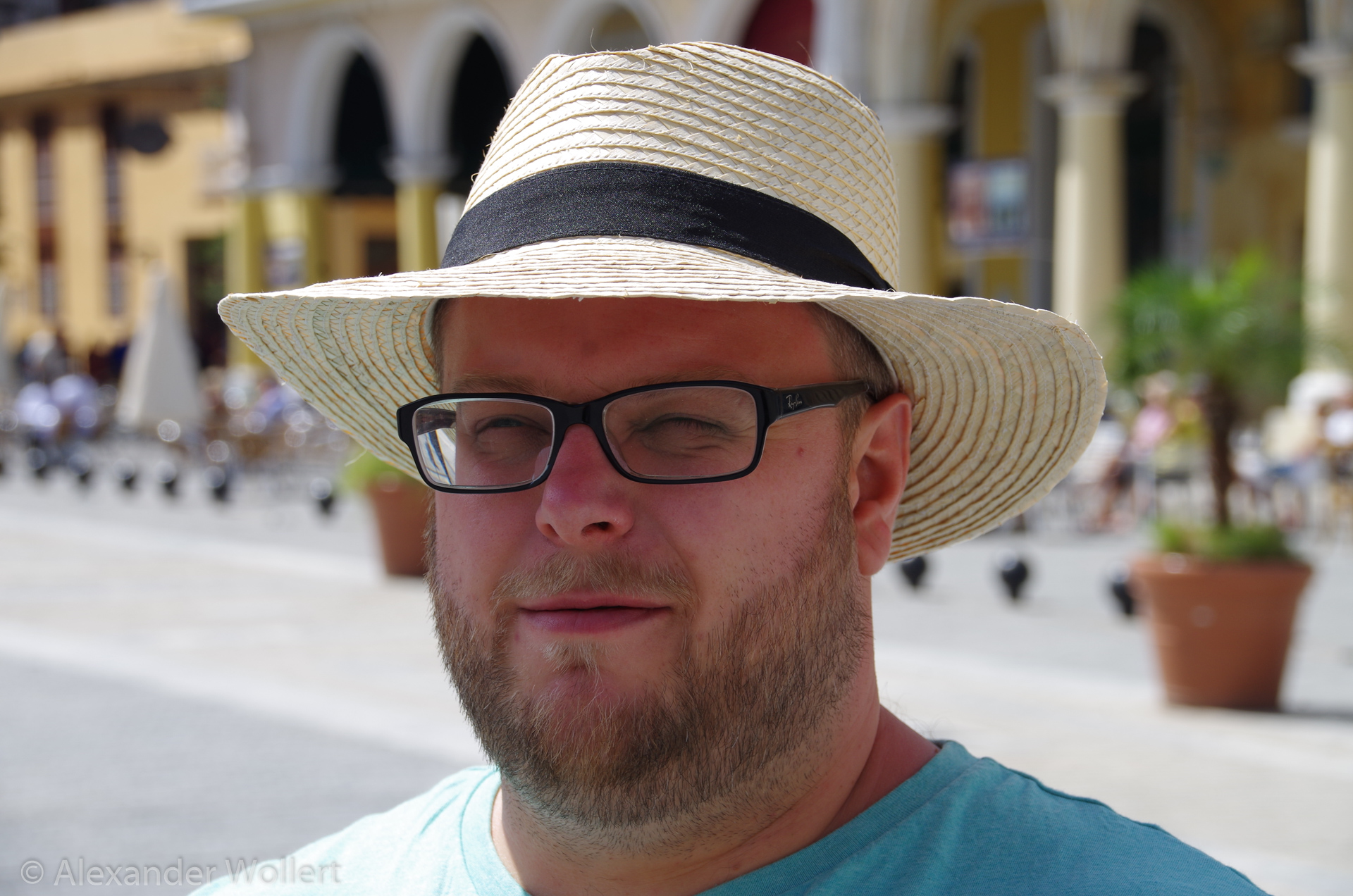
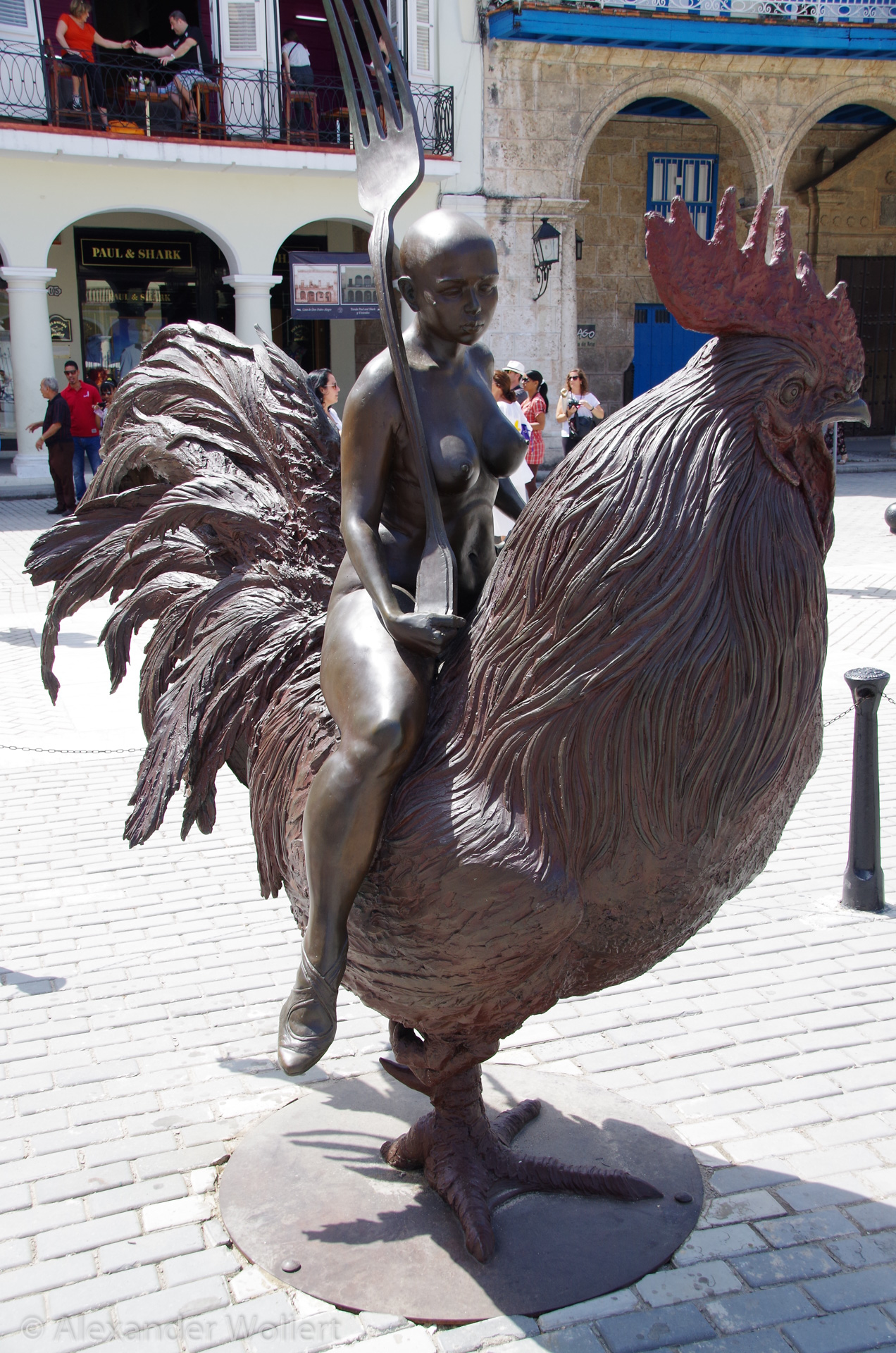
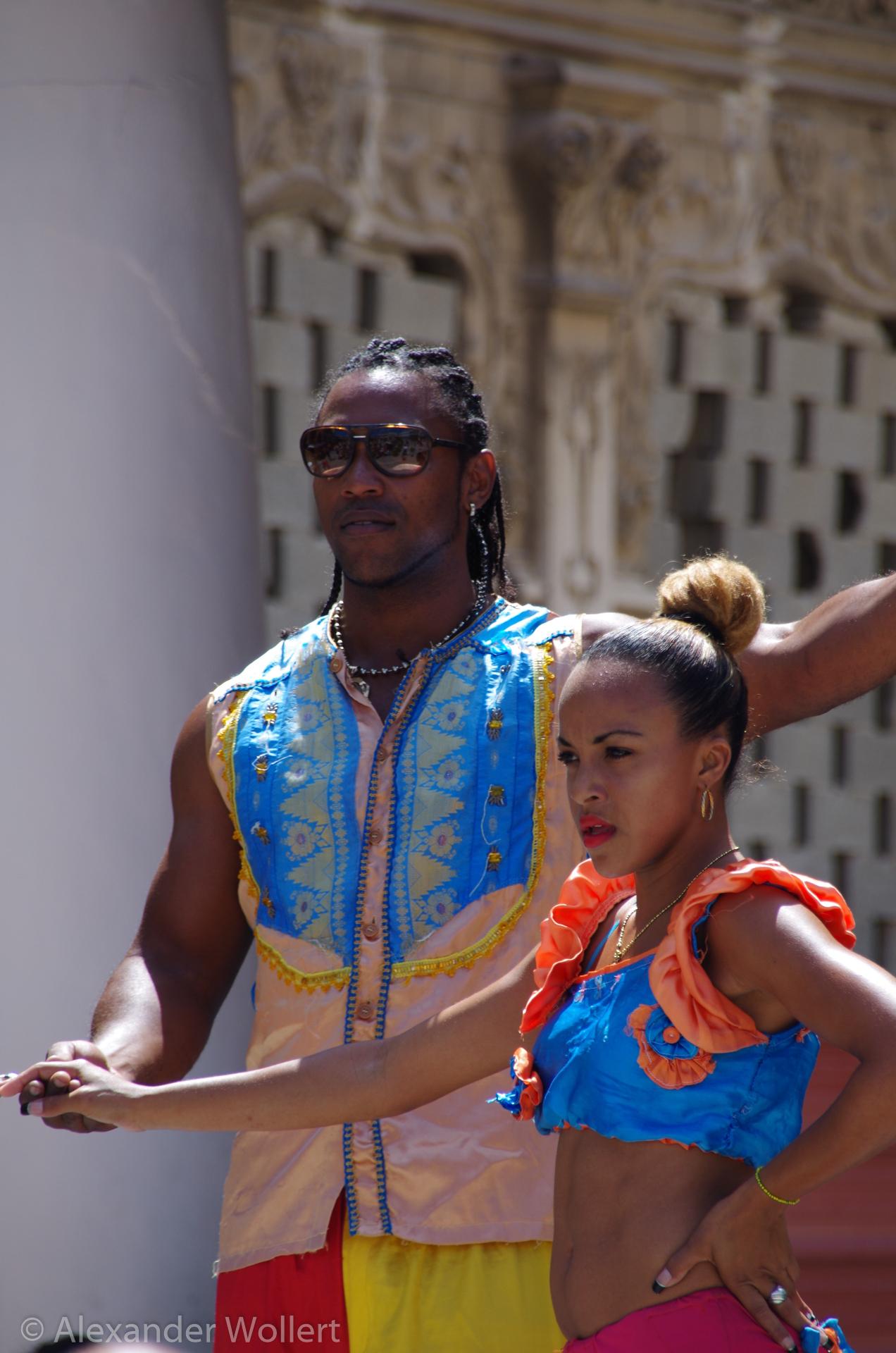
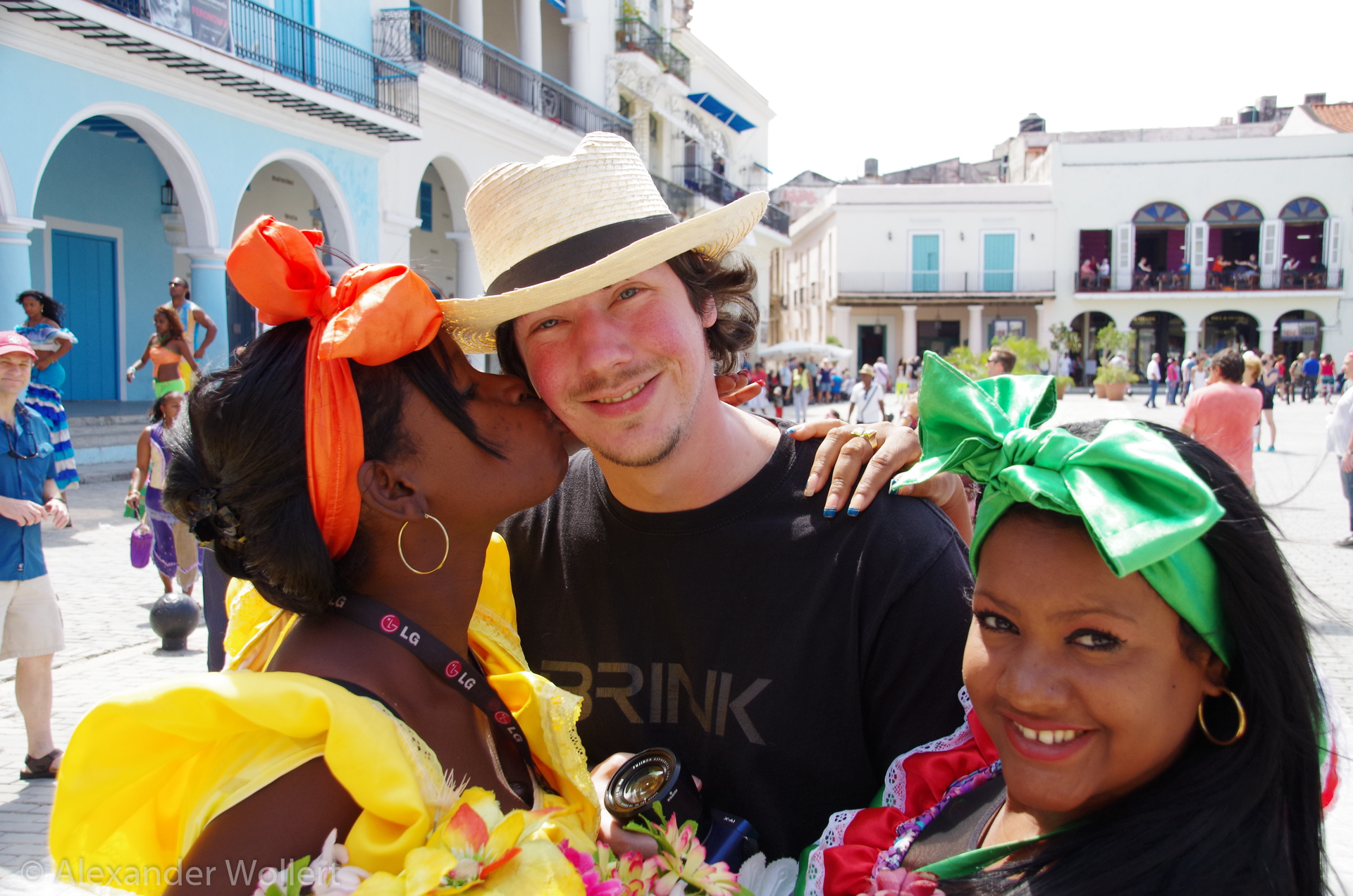
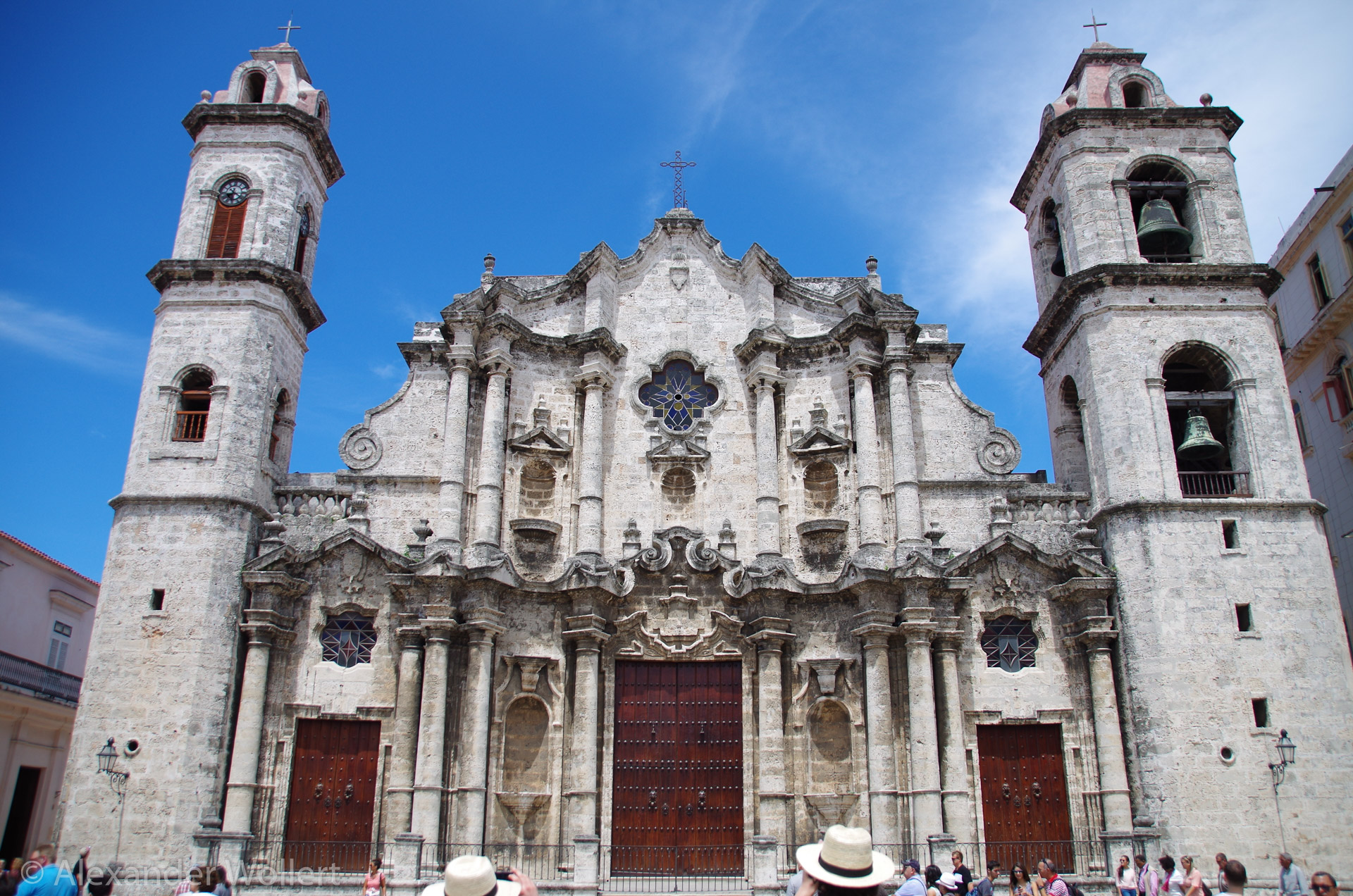
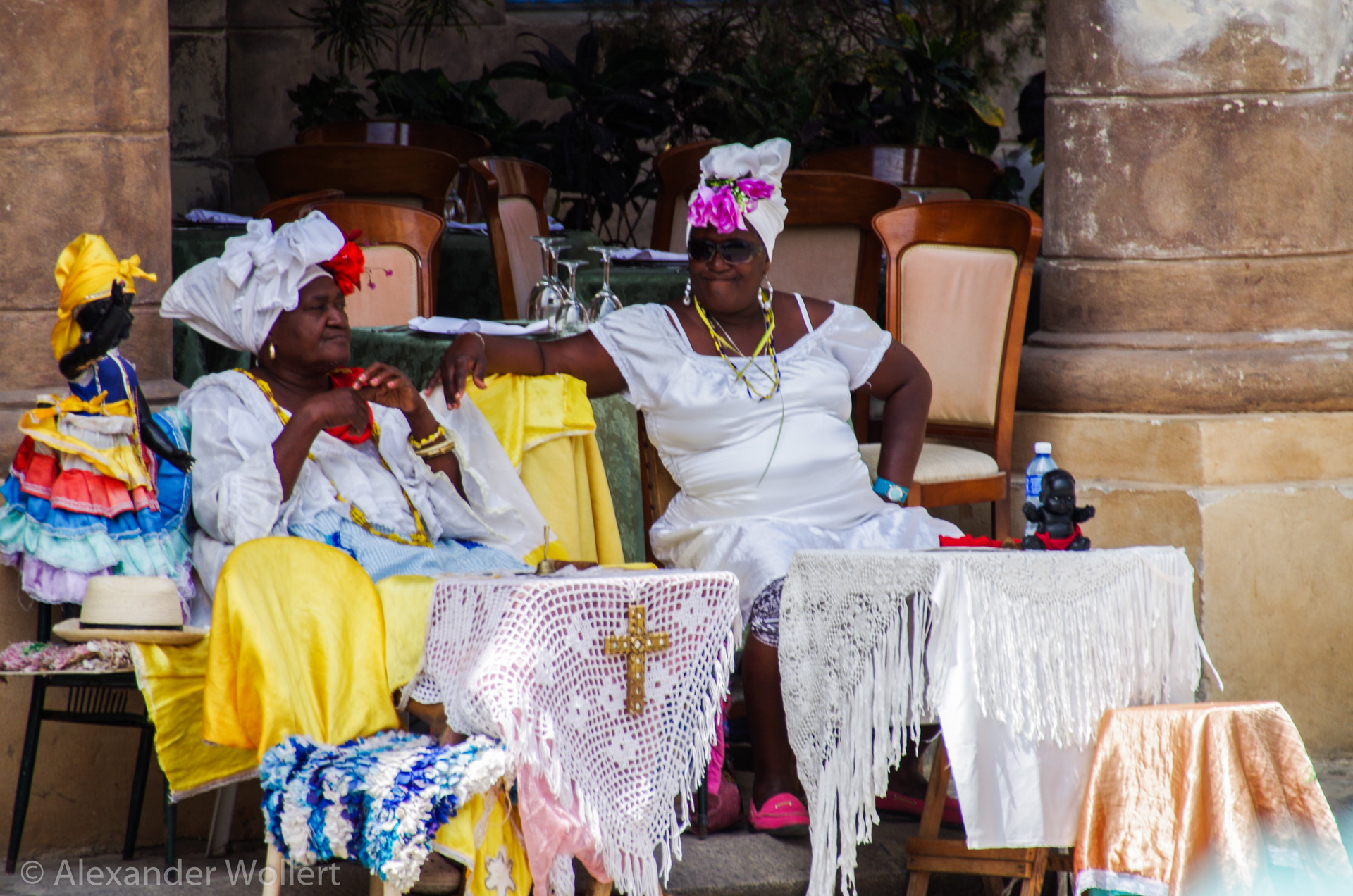


I was thinkin that Cubans are incredibly innovative in organizing their lives under communism and the shortage economy.
Wouldn’t it be interesting to just ask people on the street if they’d like to make some extra money by chauffeuring a few tourists? We leave it to the experiment.


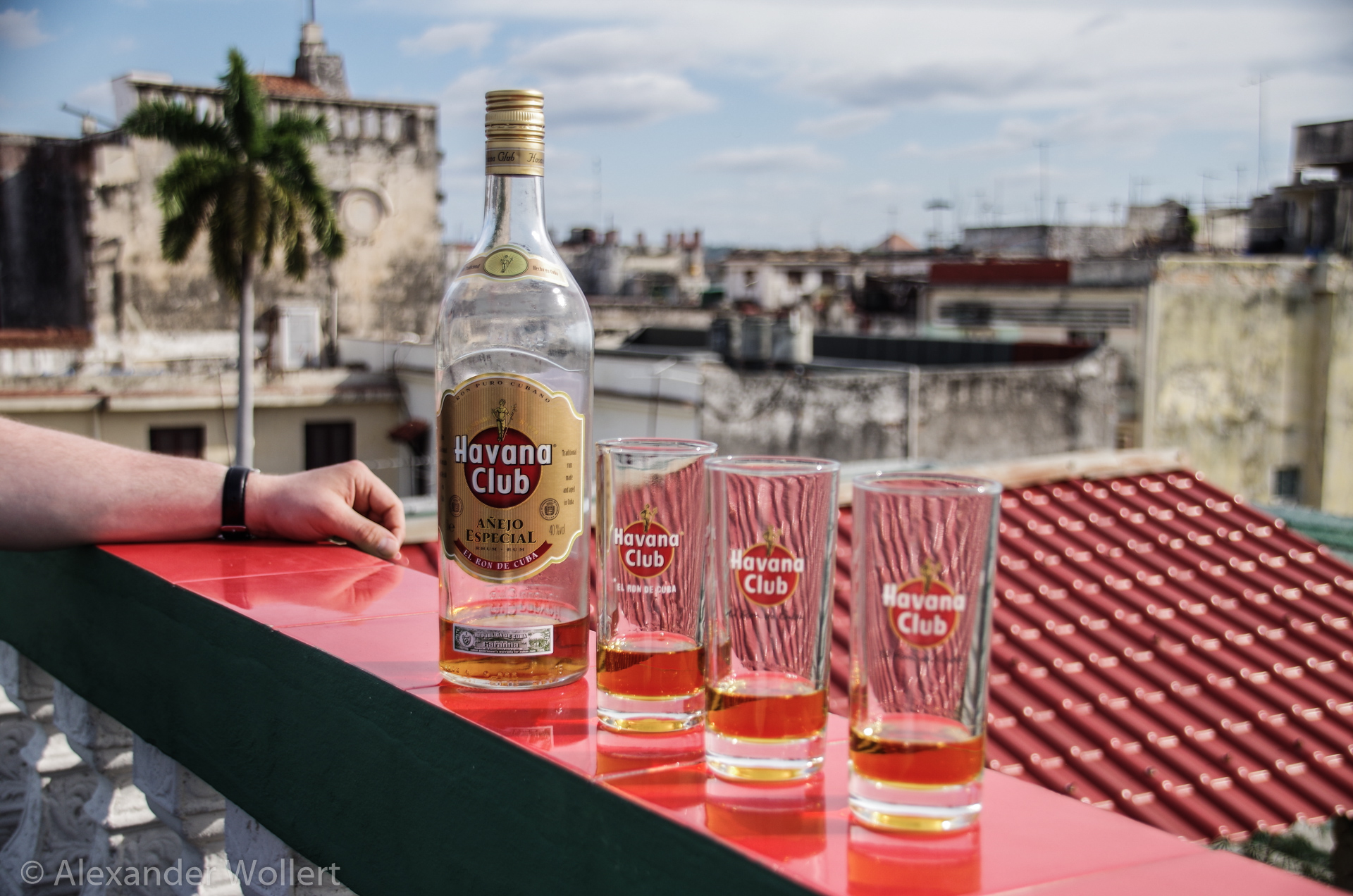

Both by Hektor and by asking people on the street, we actually find something quickly and find people who would drive us. People can’t believe their ears when I say that we want to travel with them through Cuba for two weeks – not two days. An afternoon of tough negotiations with Hector’s friend Adalberto follows; I’m proud that despite my broken Spanish it’s going well. We agree on a flat rate per day as well as the route and decide to leave the next morning.
After the crowing of the rooster, a last breakfast from Hektor on our beloved roof terrace and the obligatory Hora Cubana, we begin an exciting, varied and authentic journey in the footsteps of the Caribbean and the revolución.
